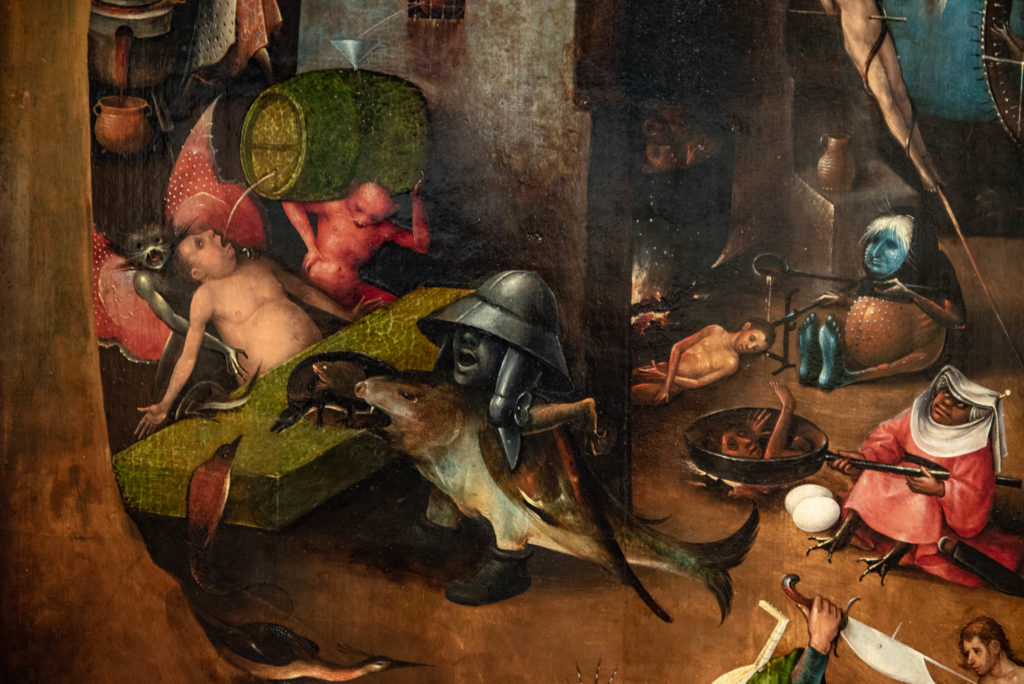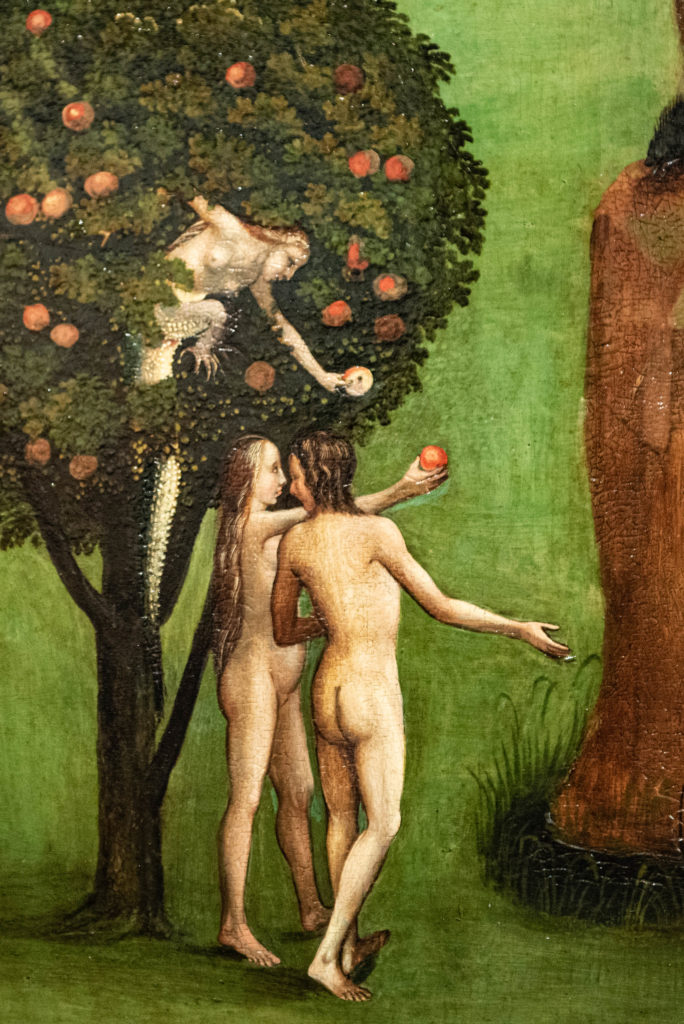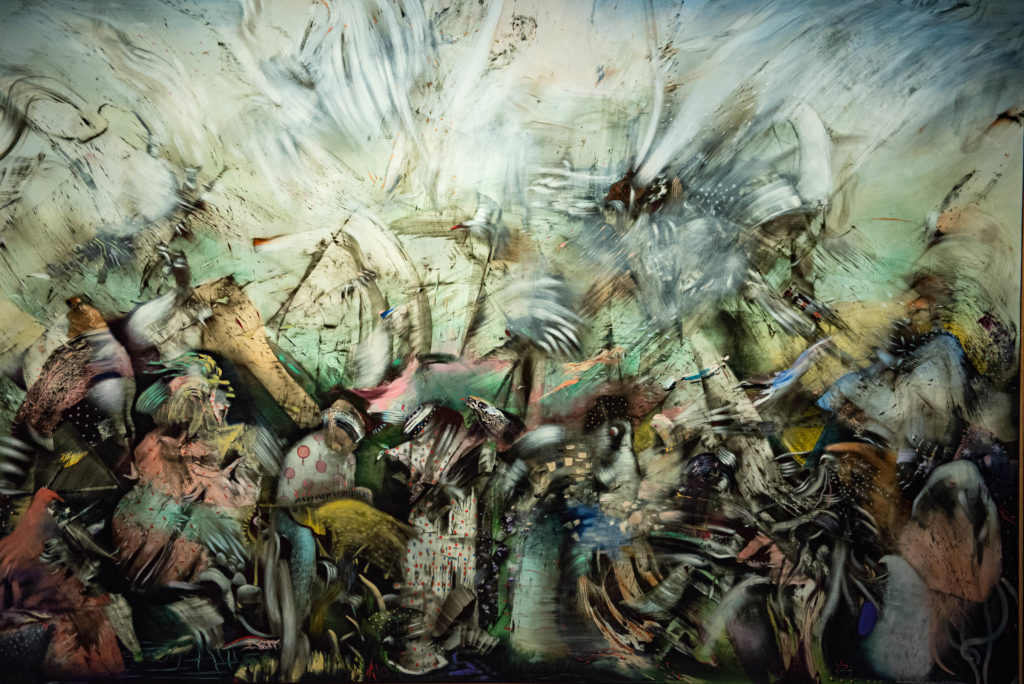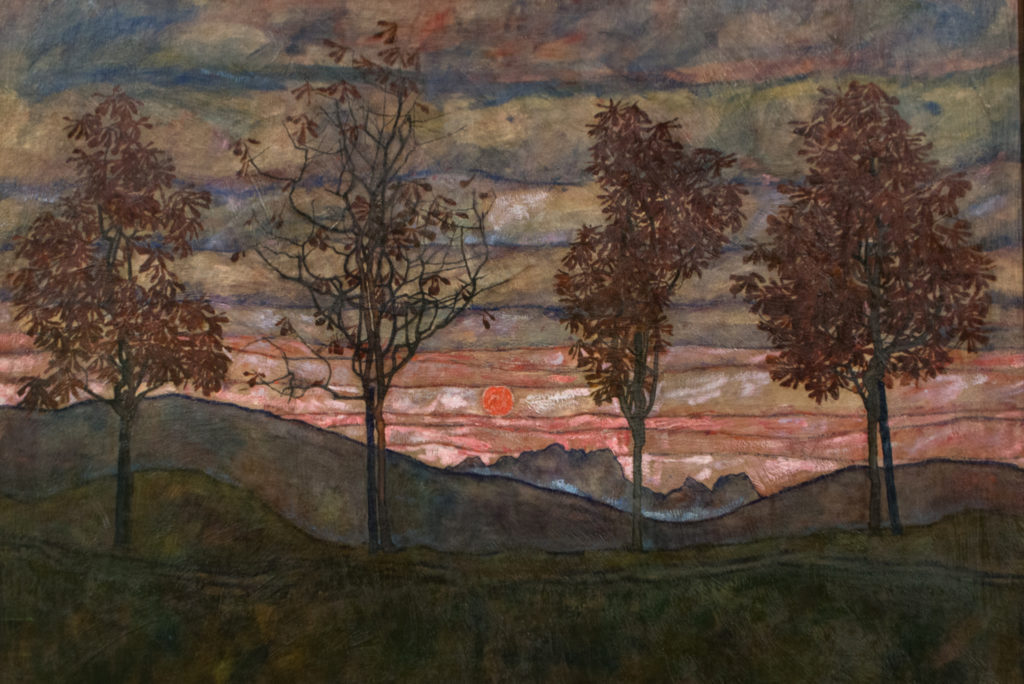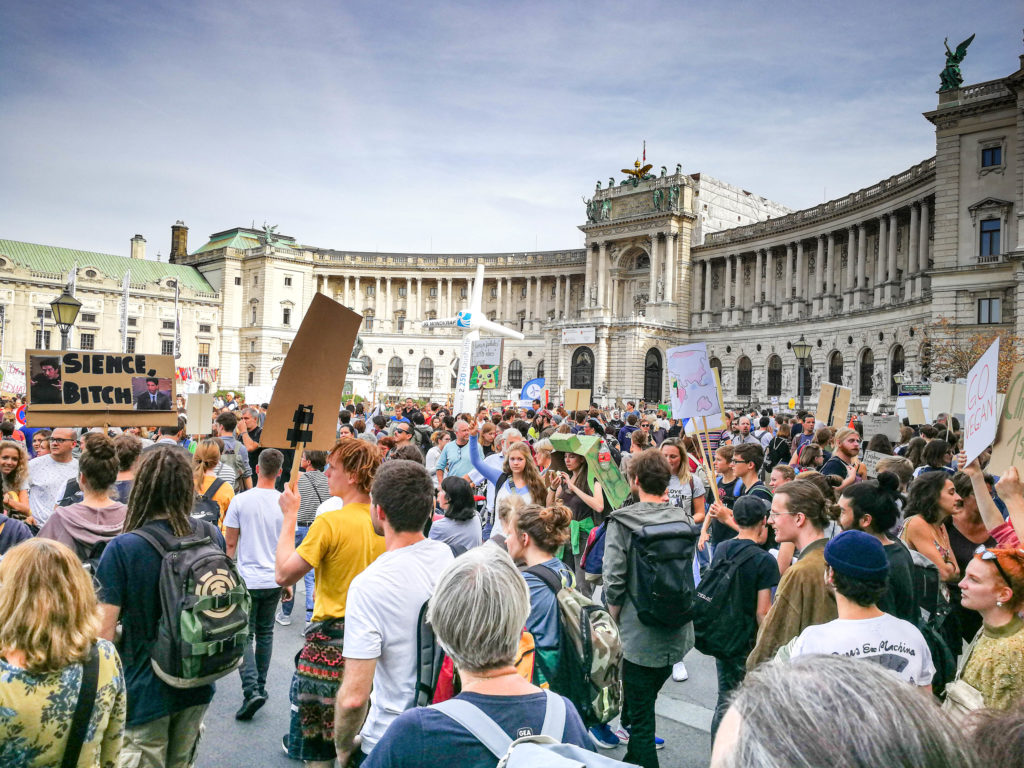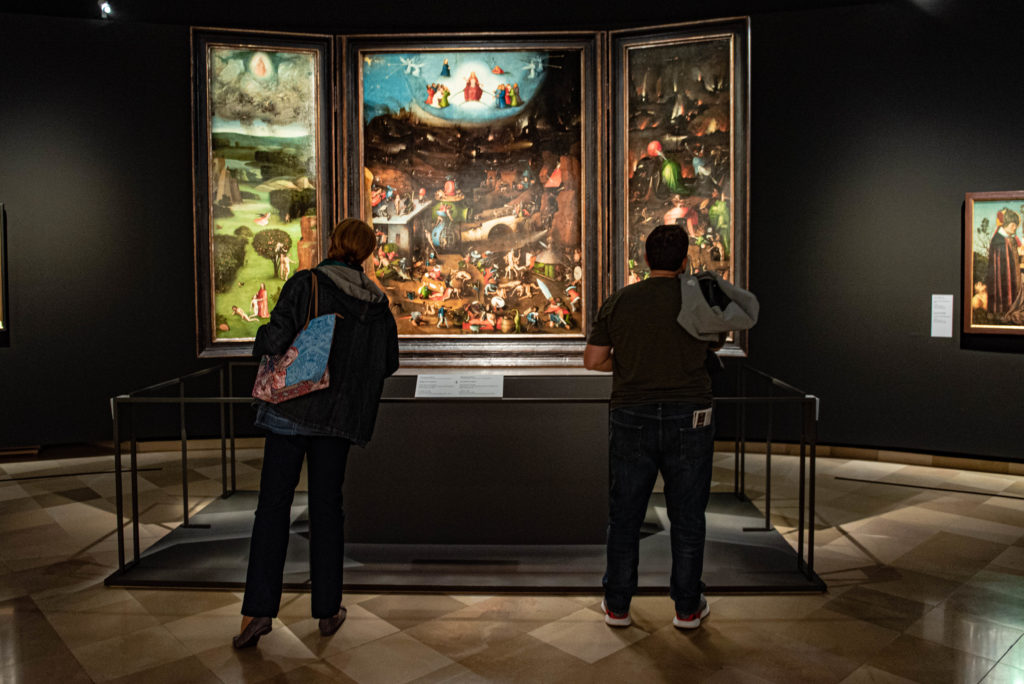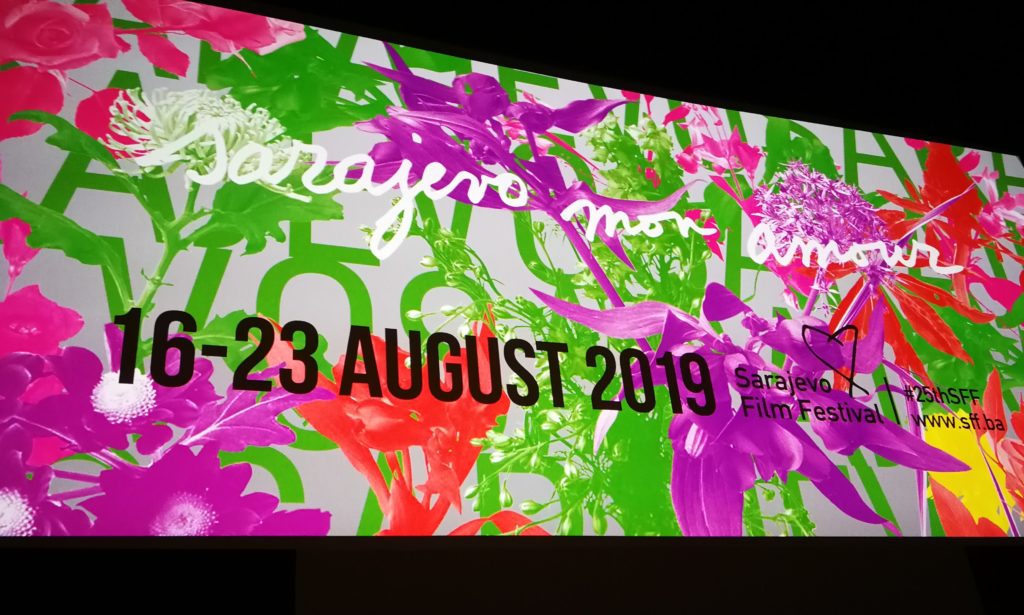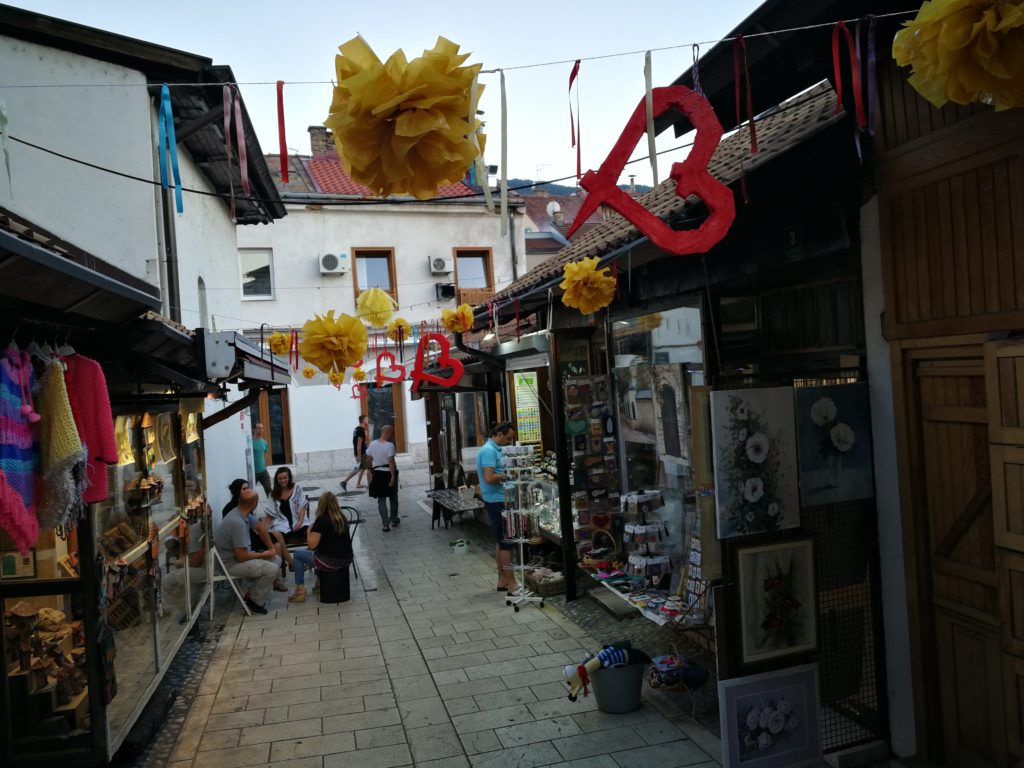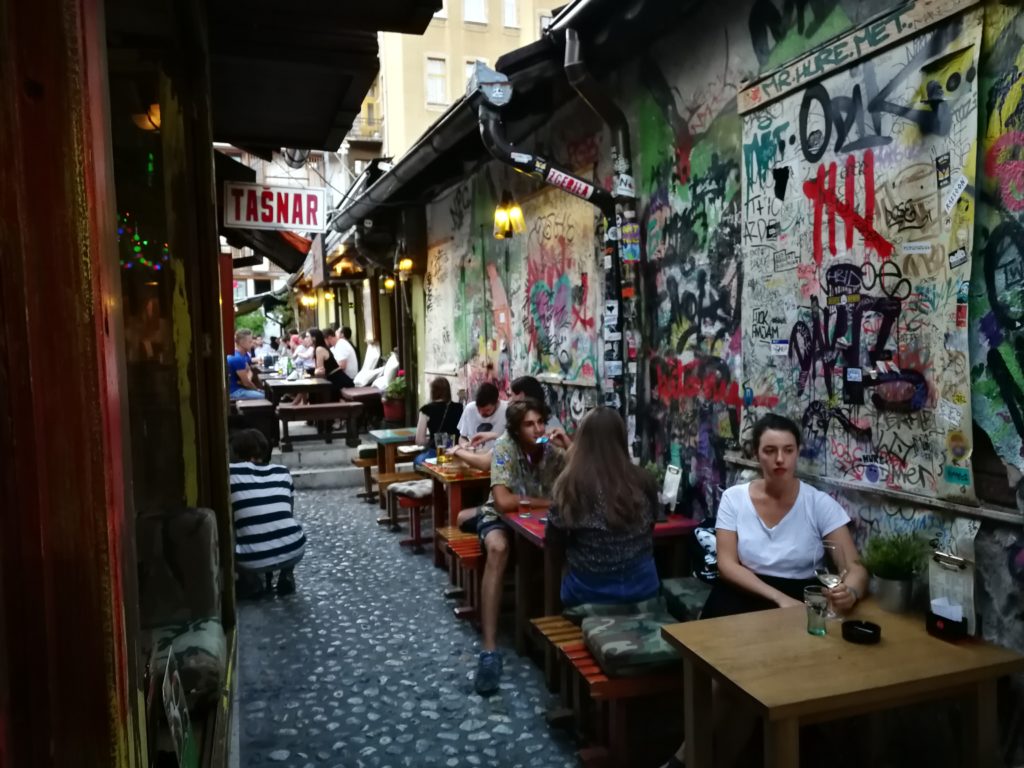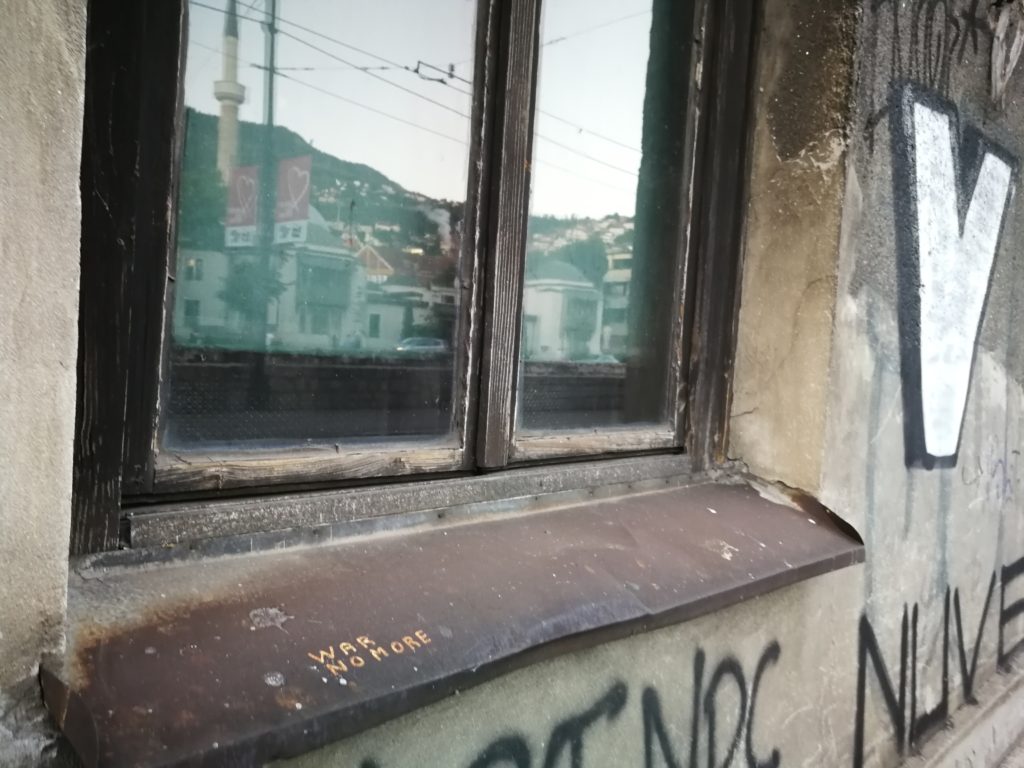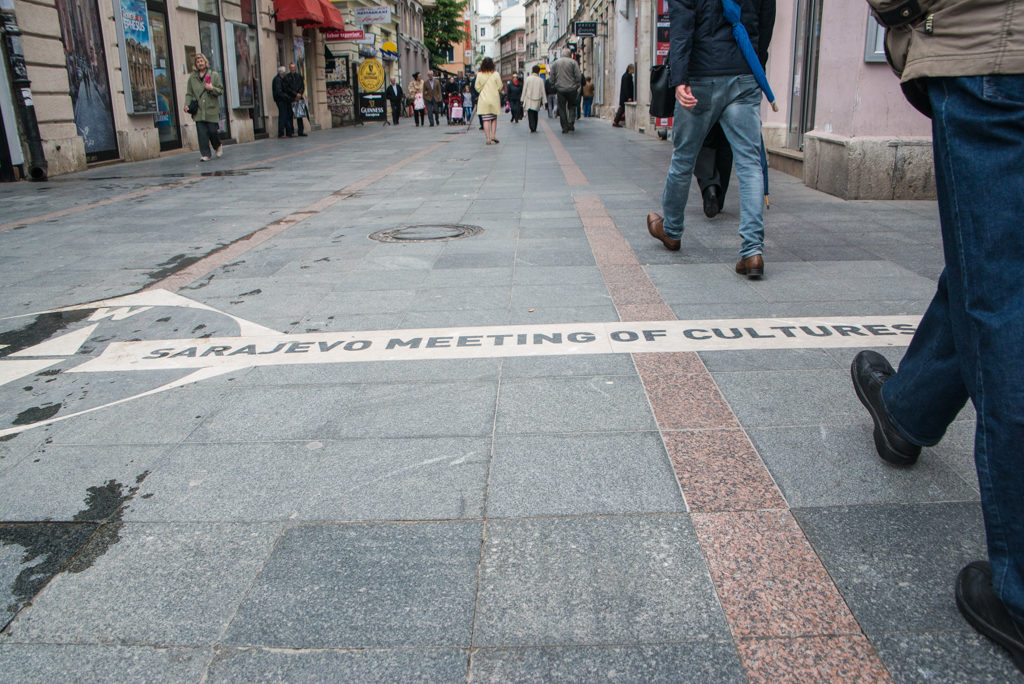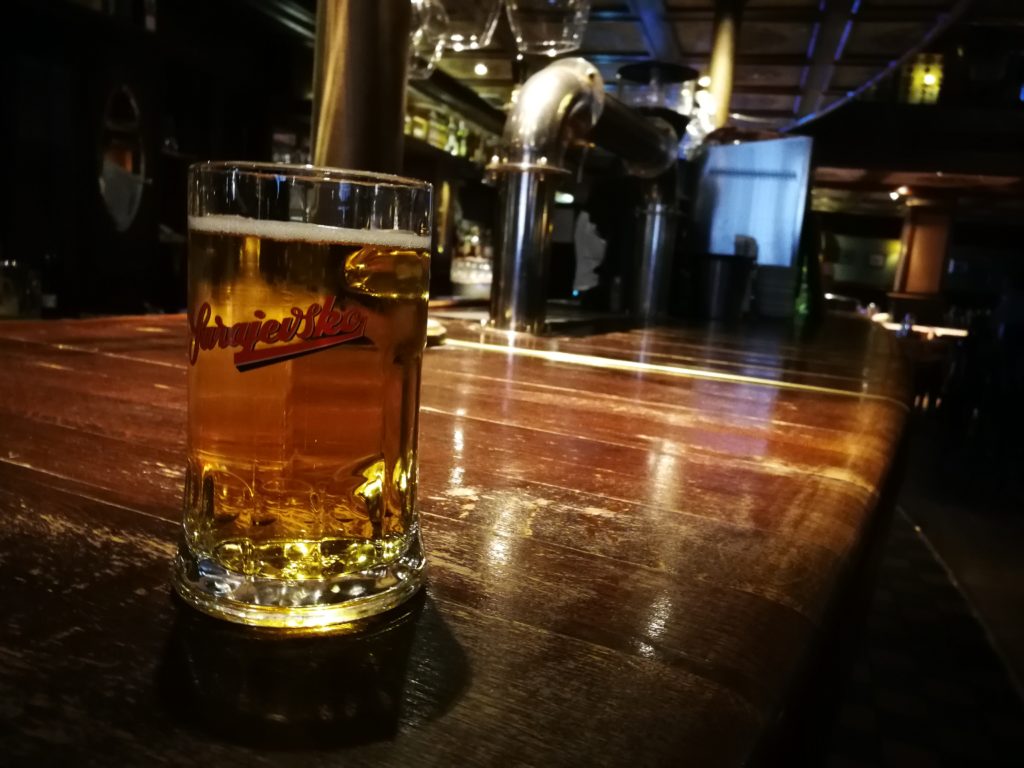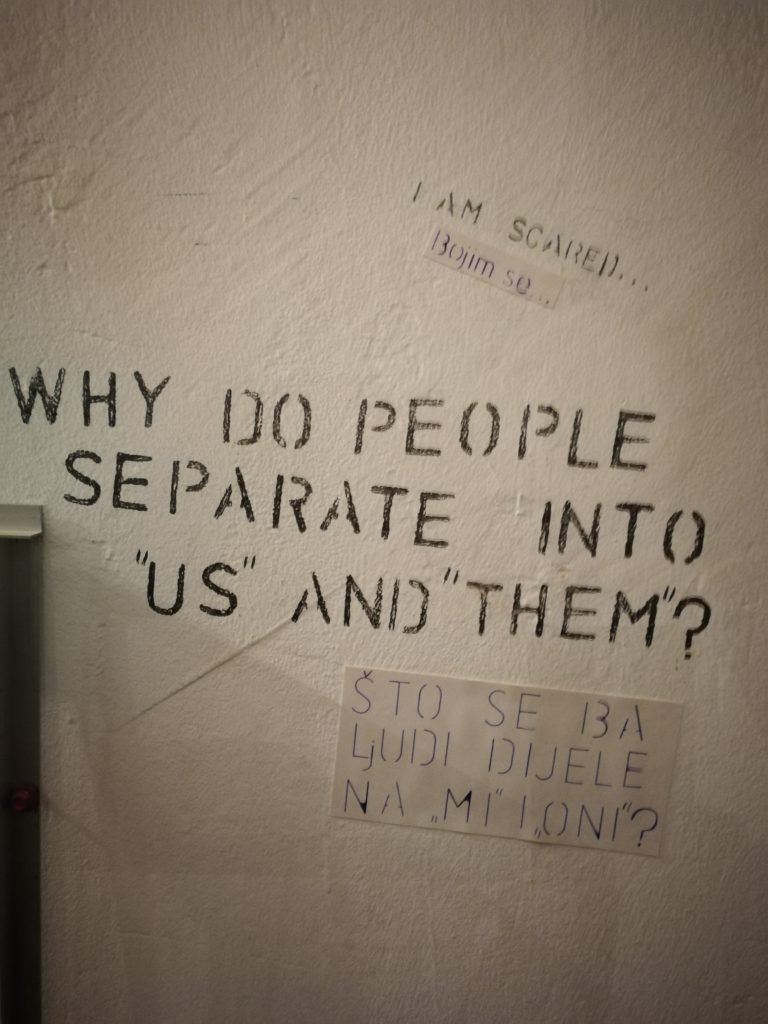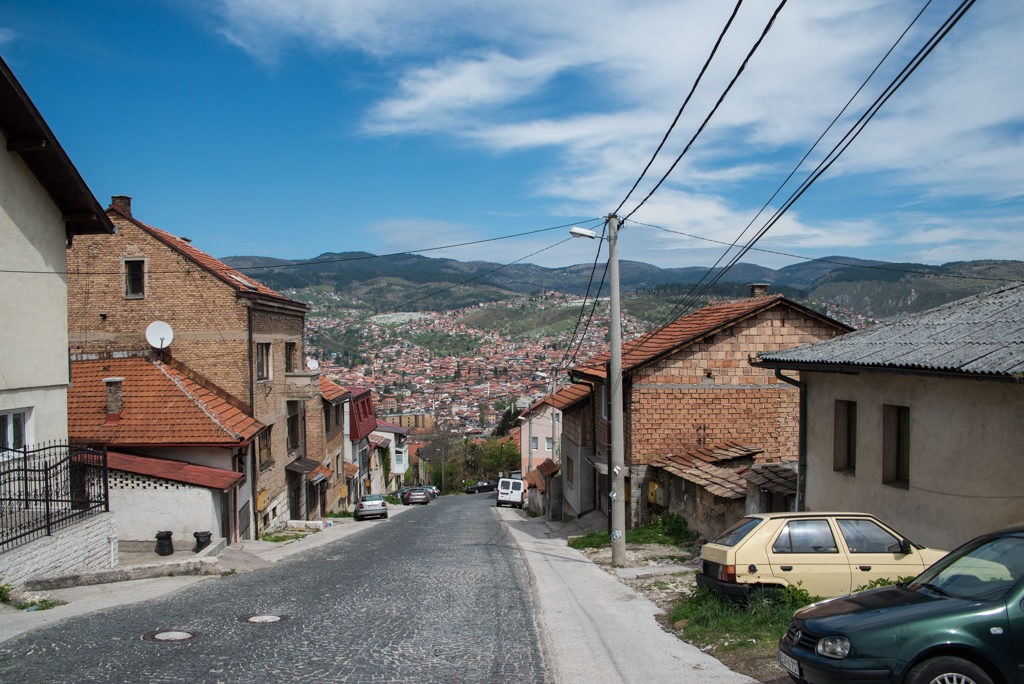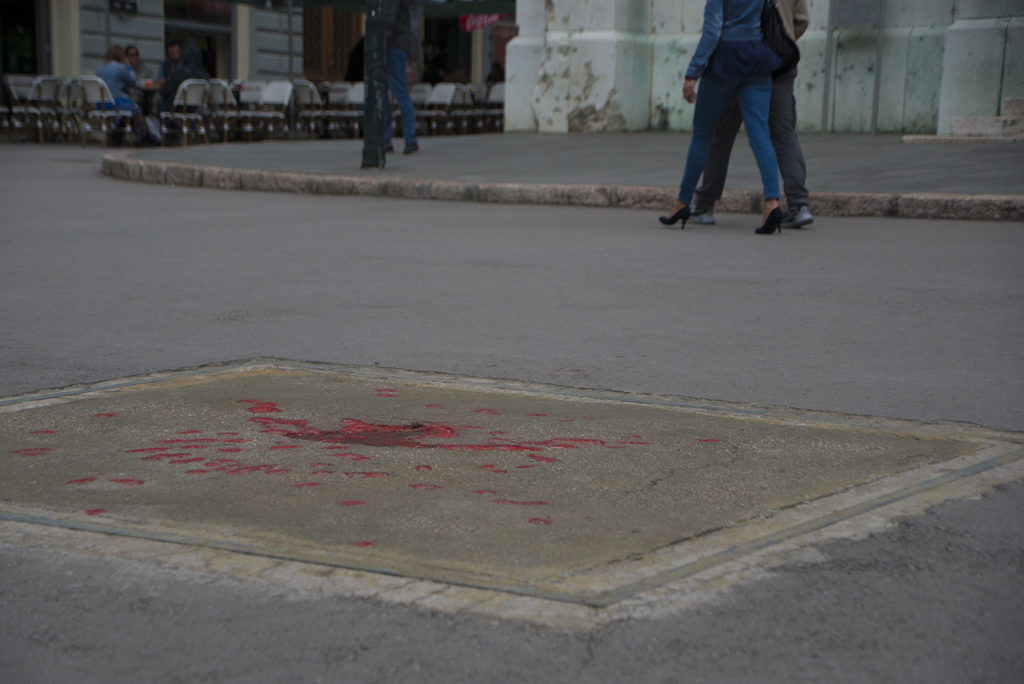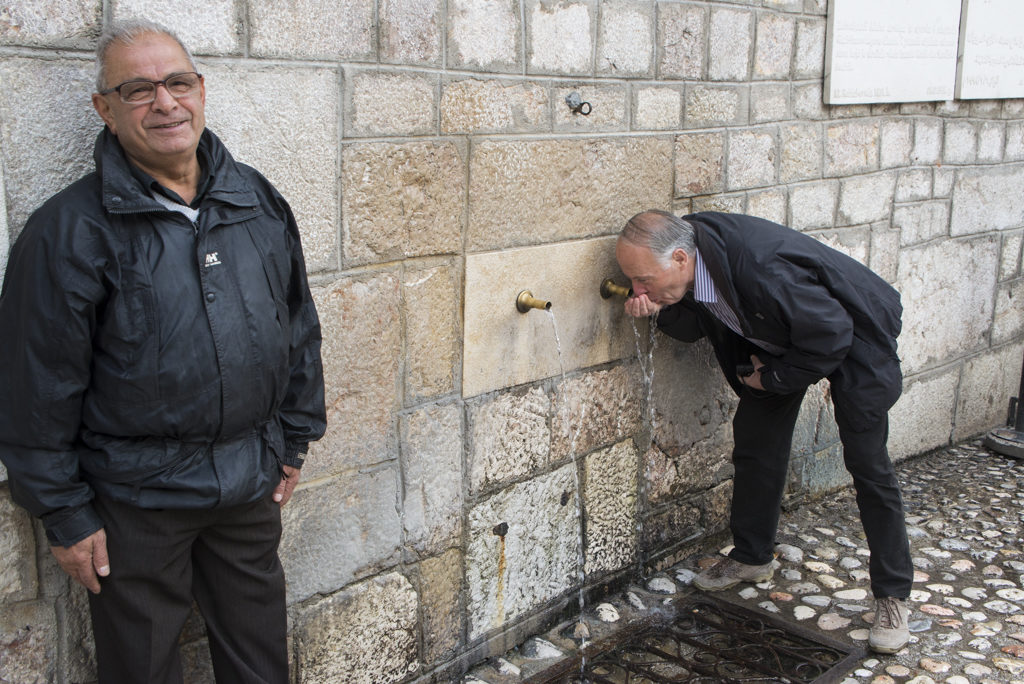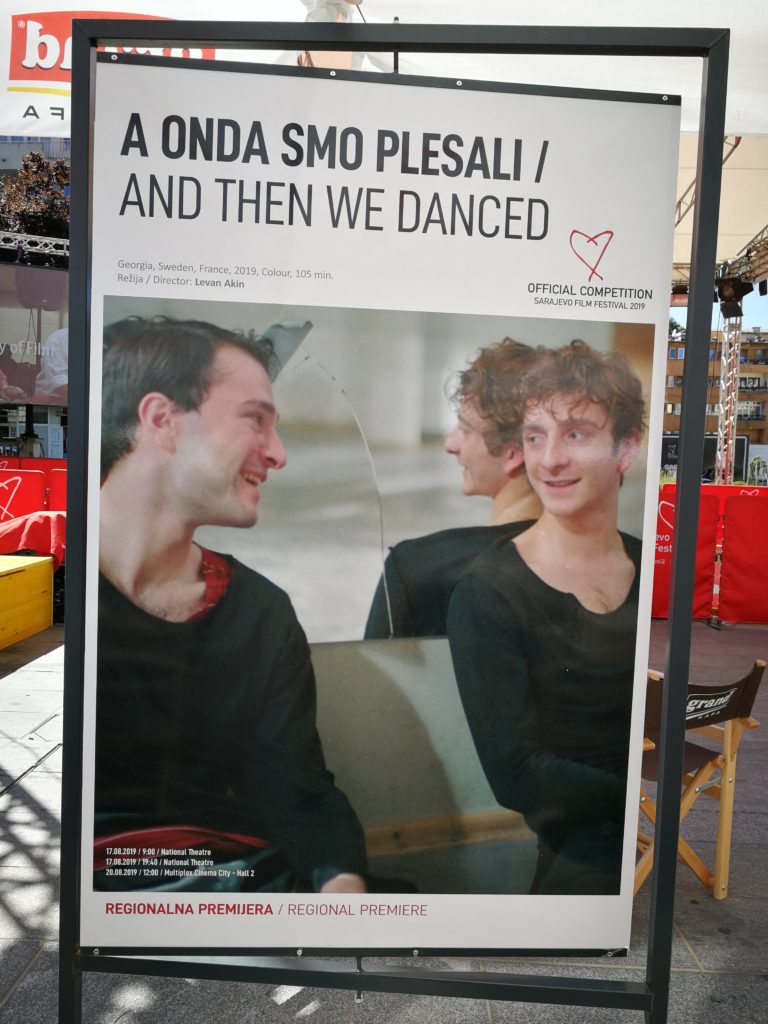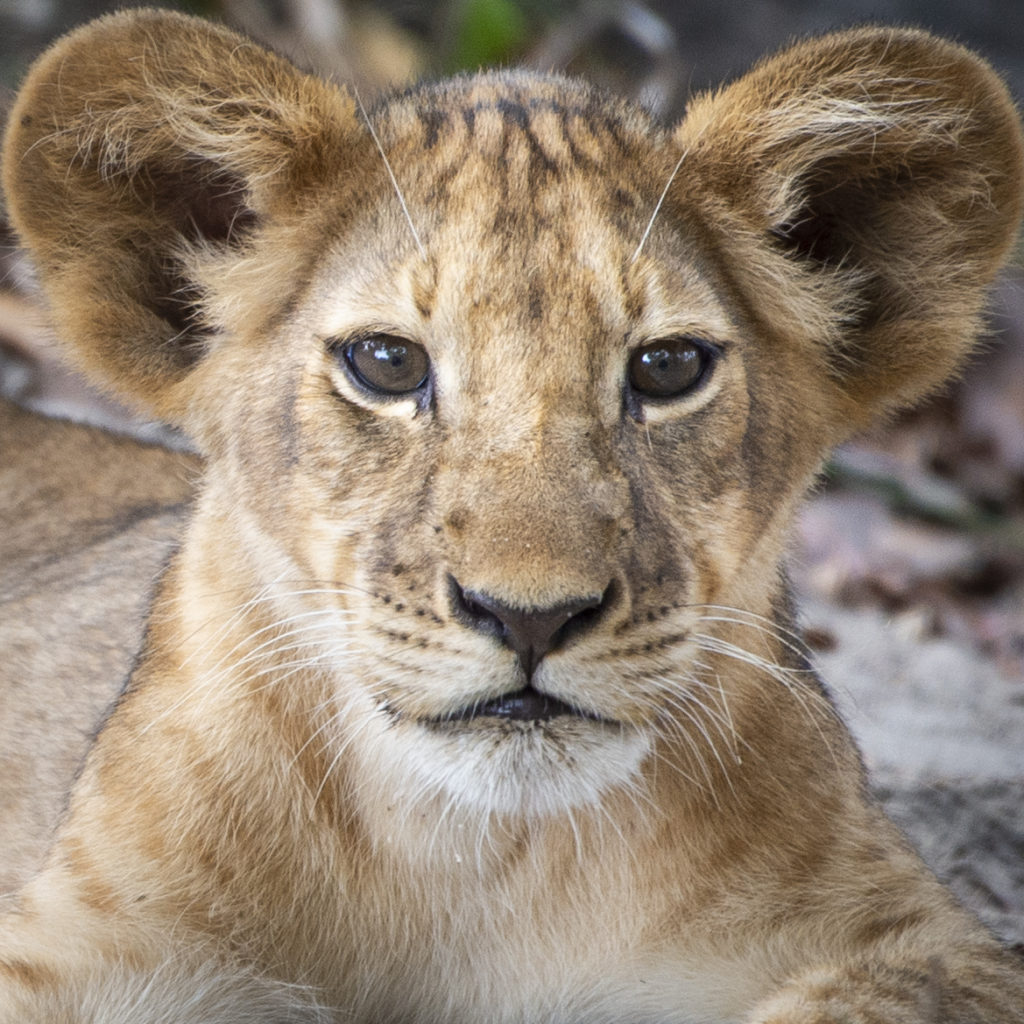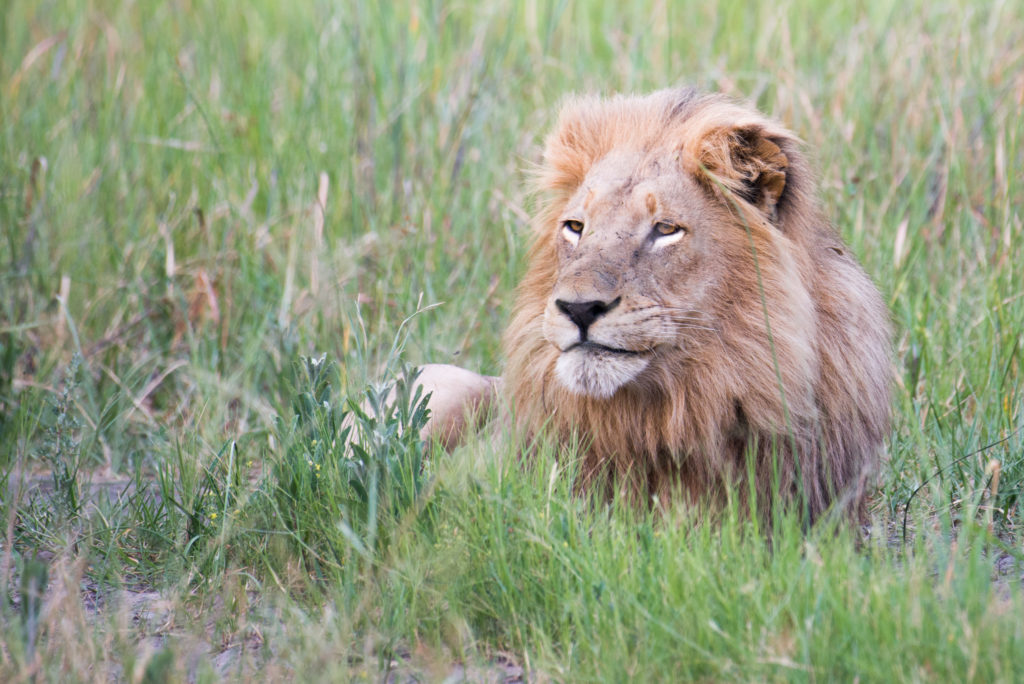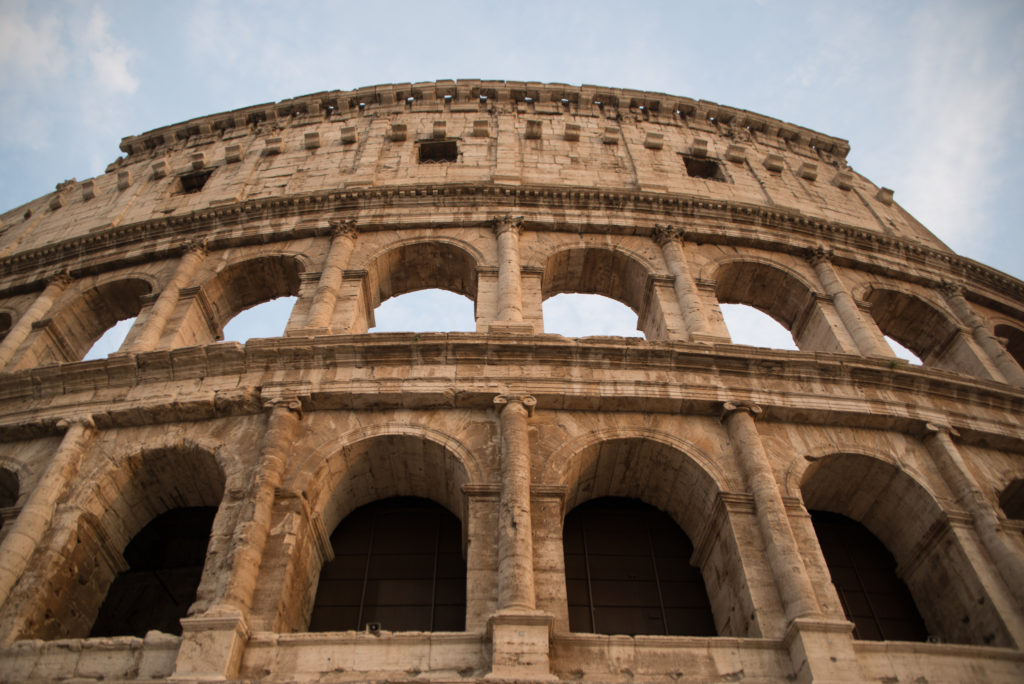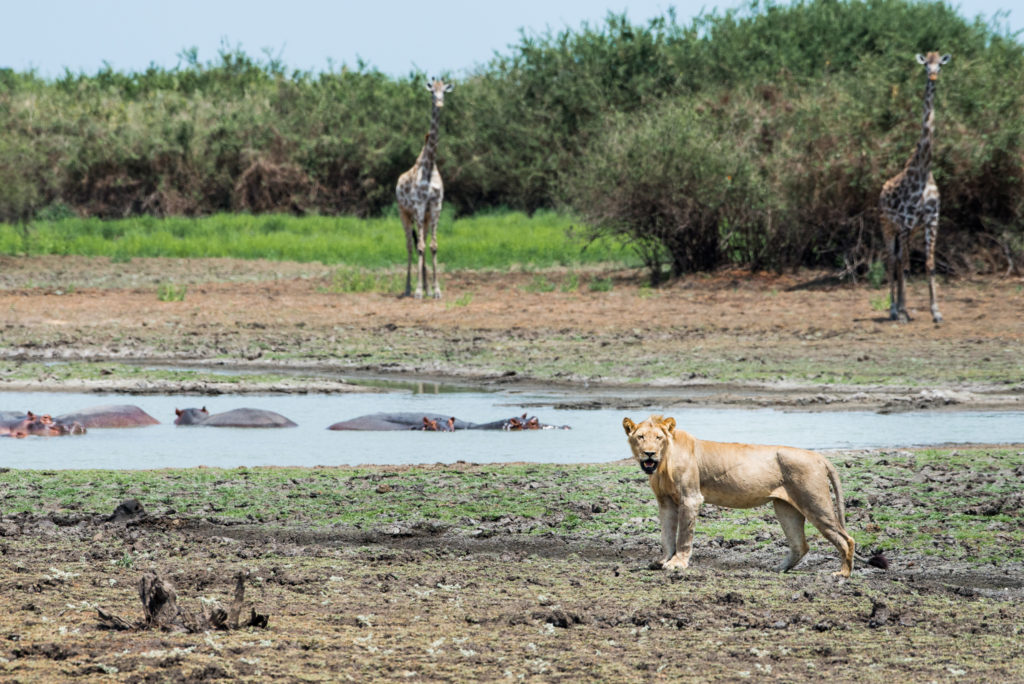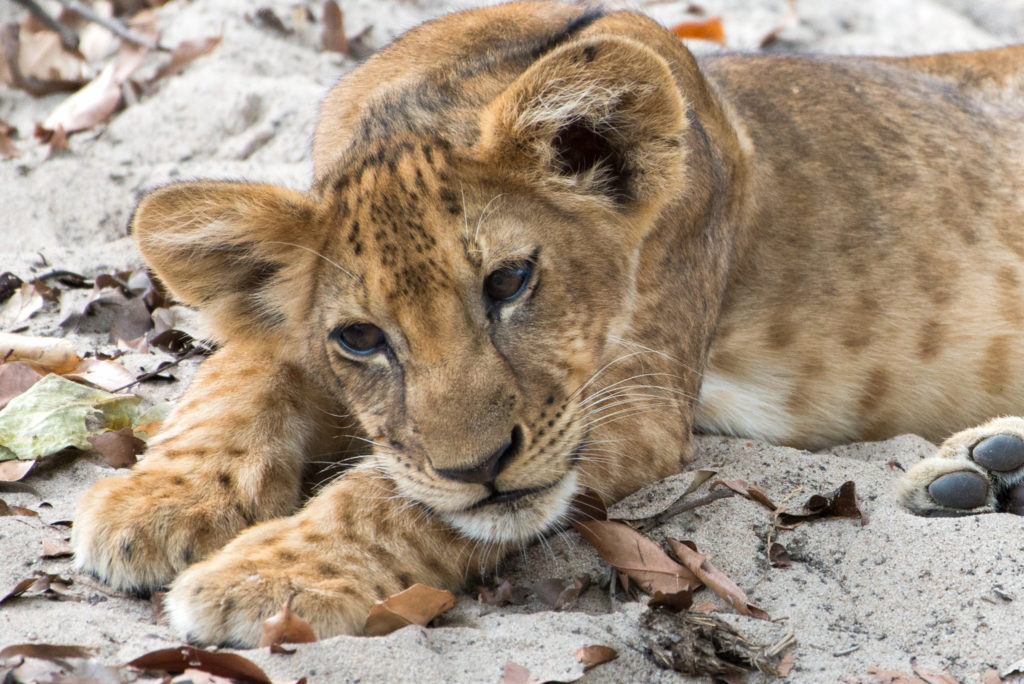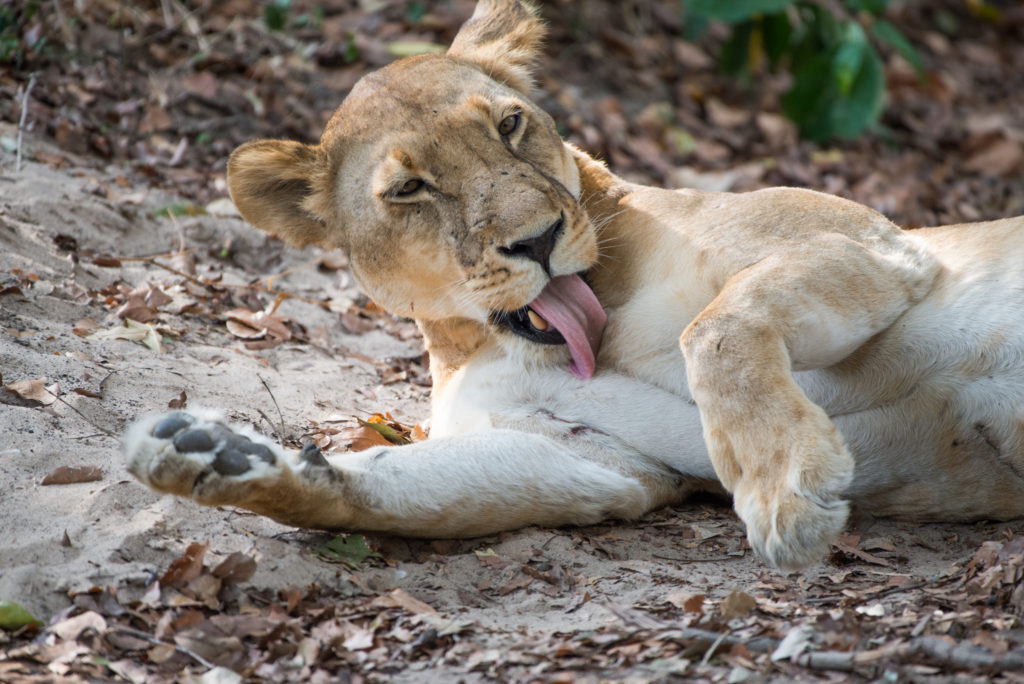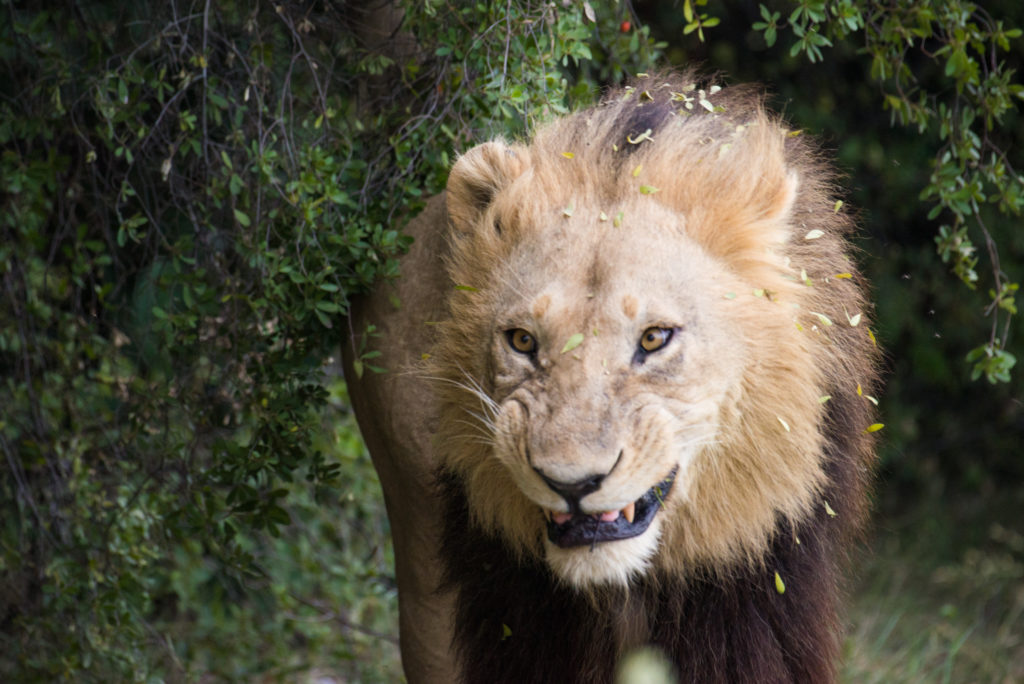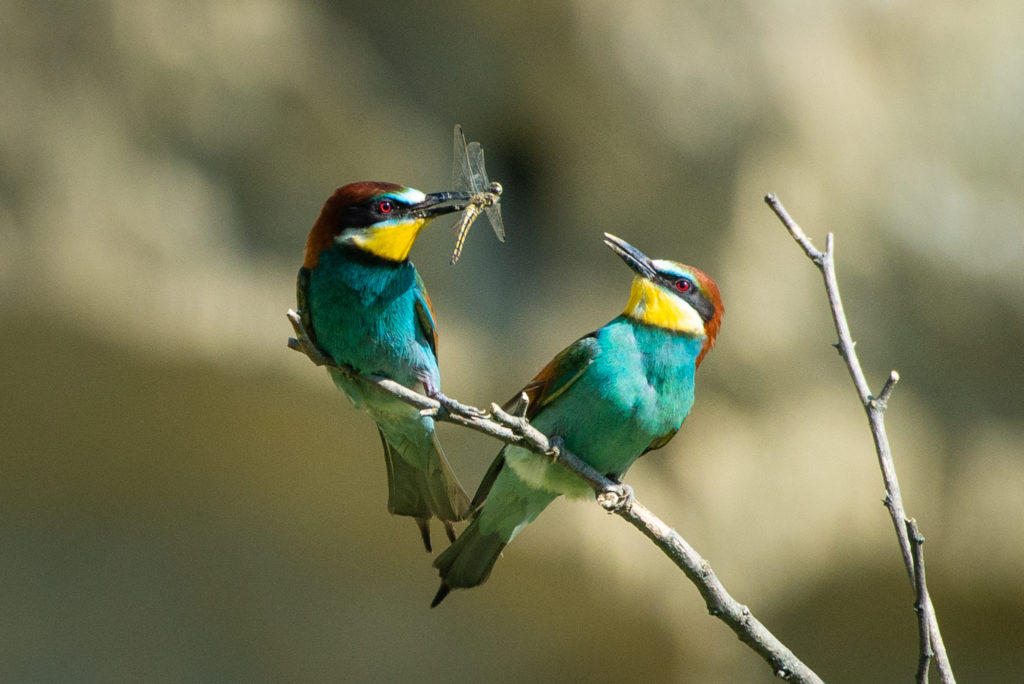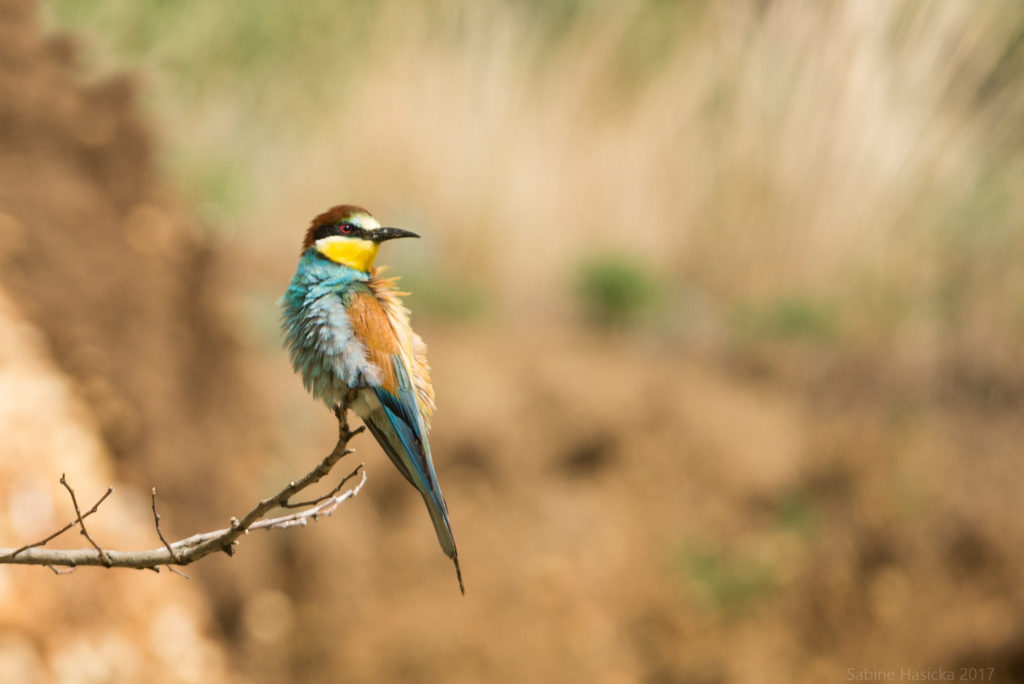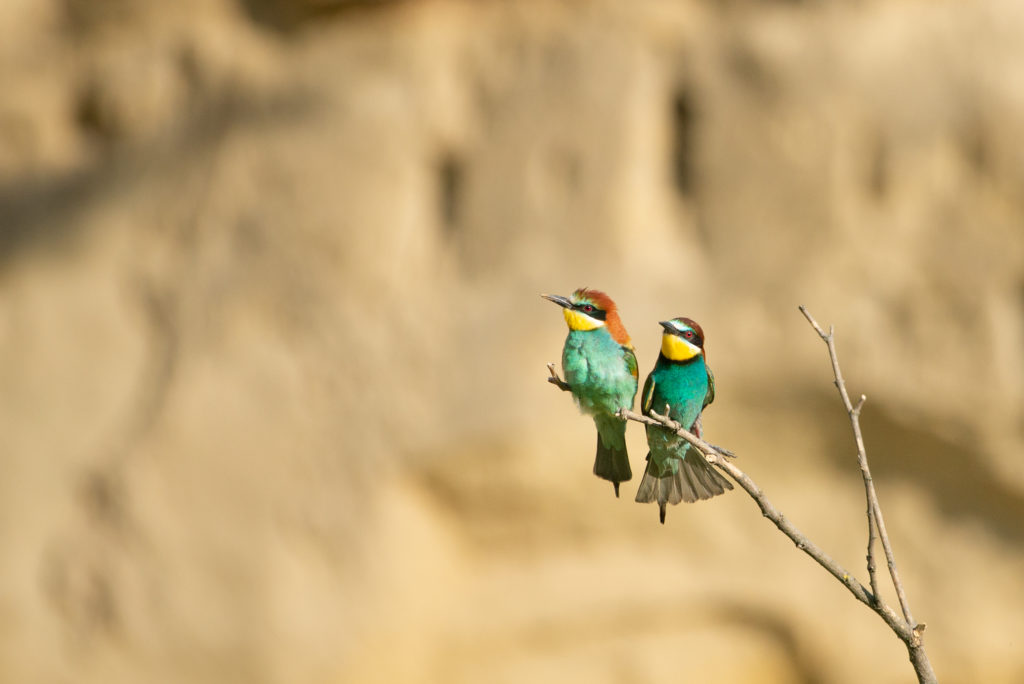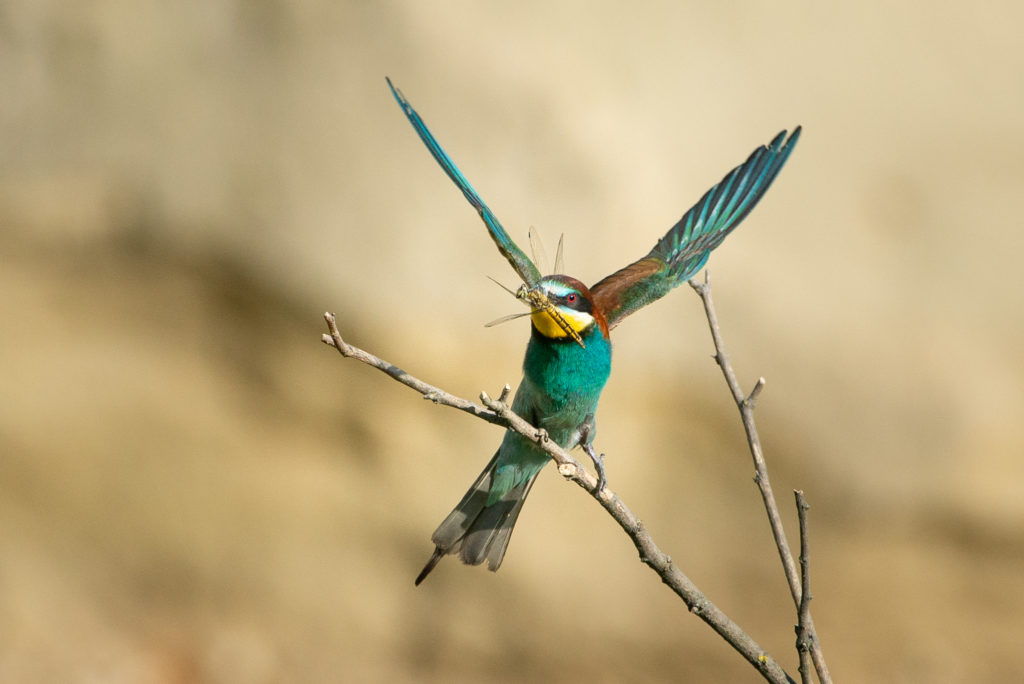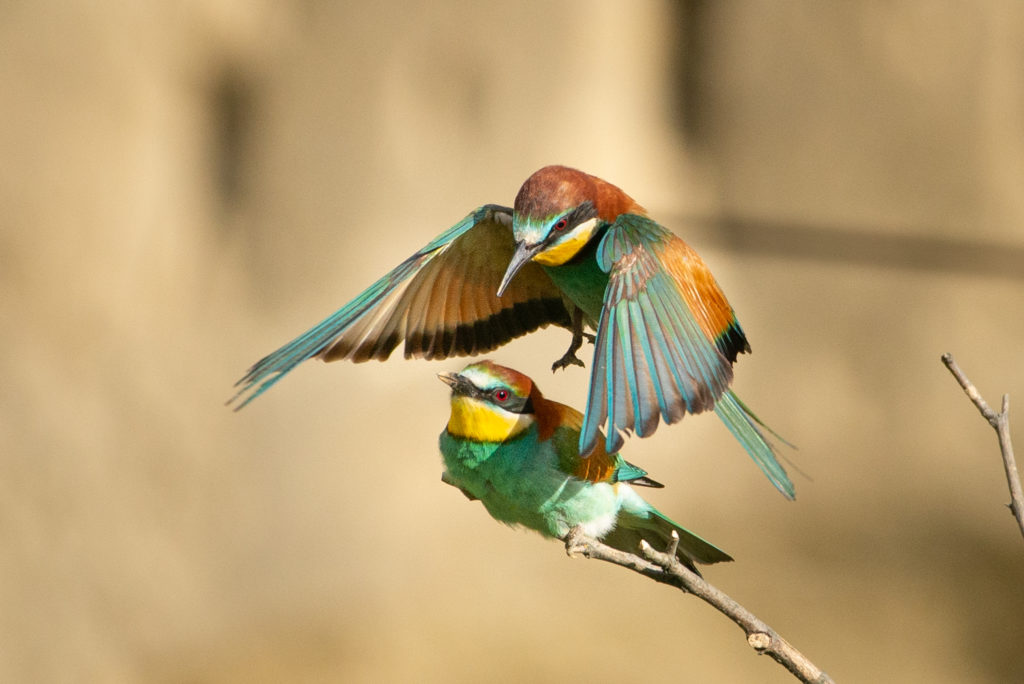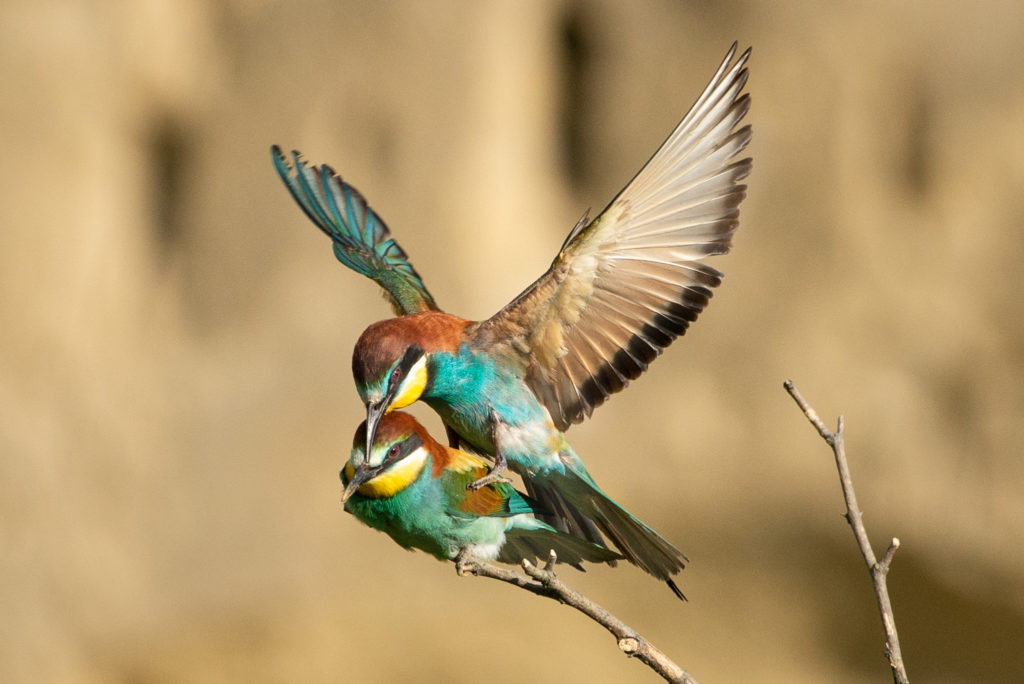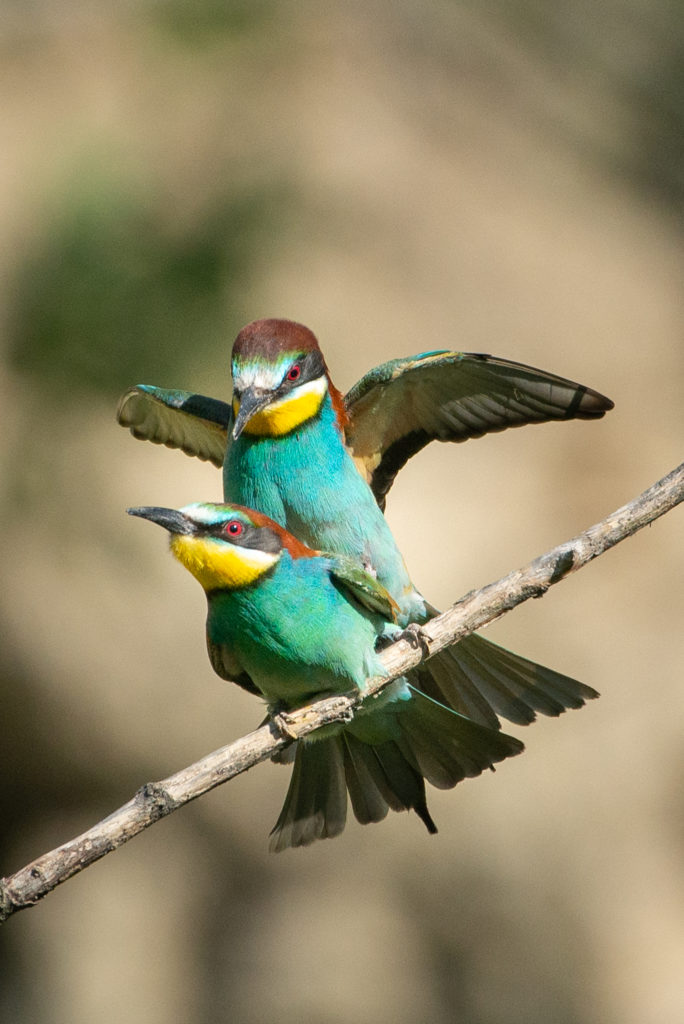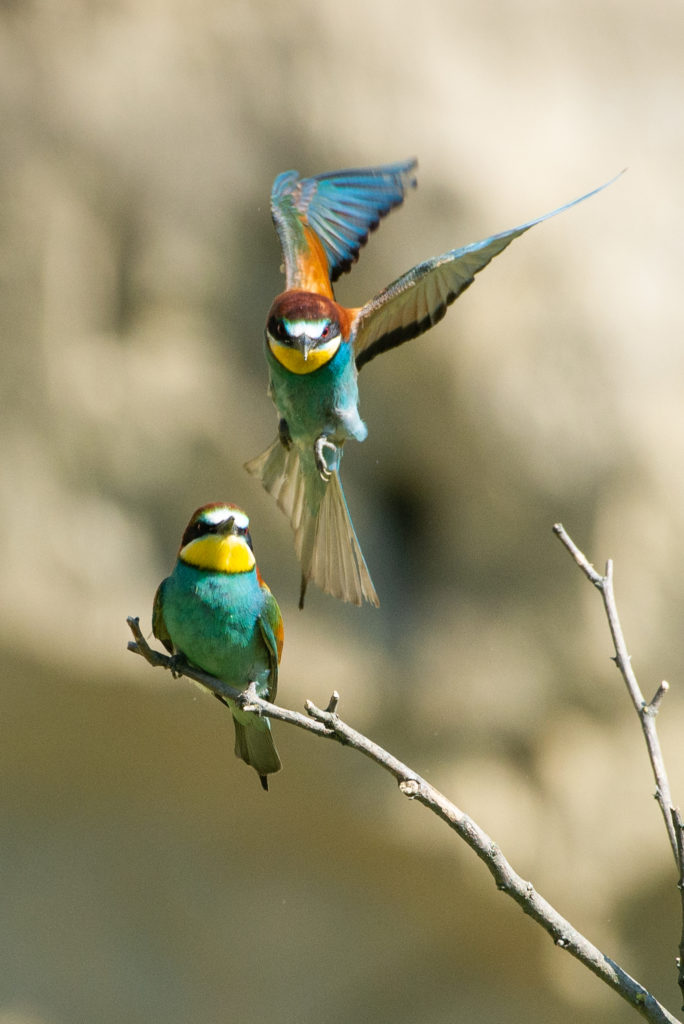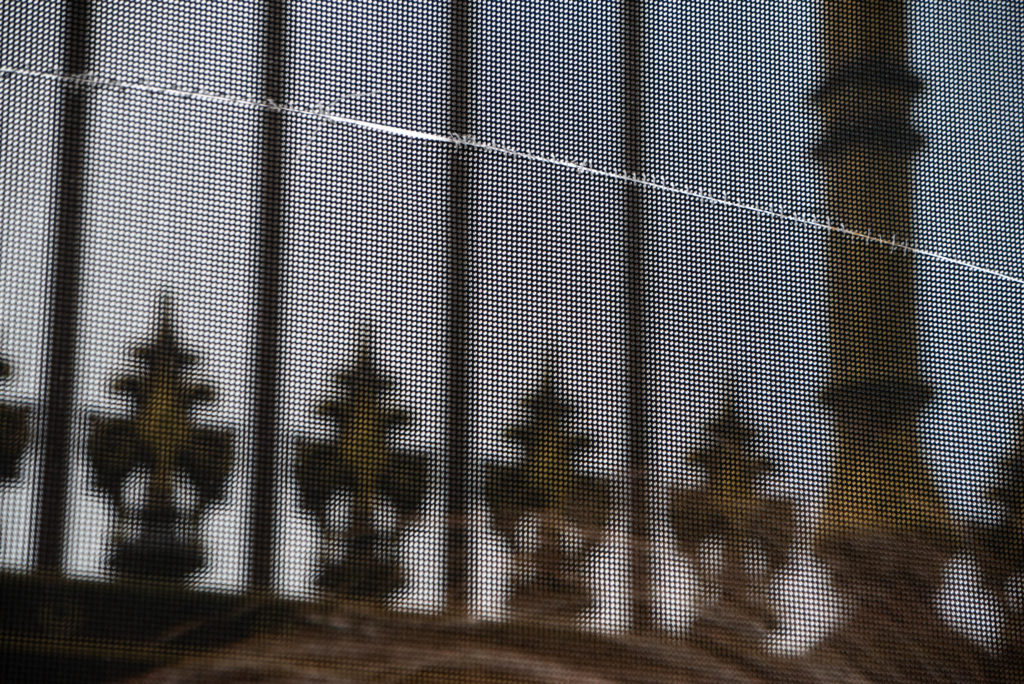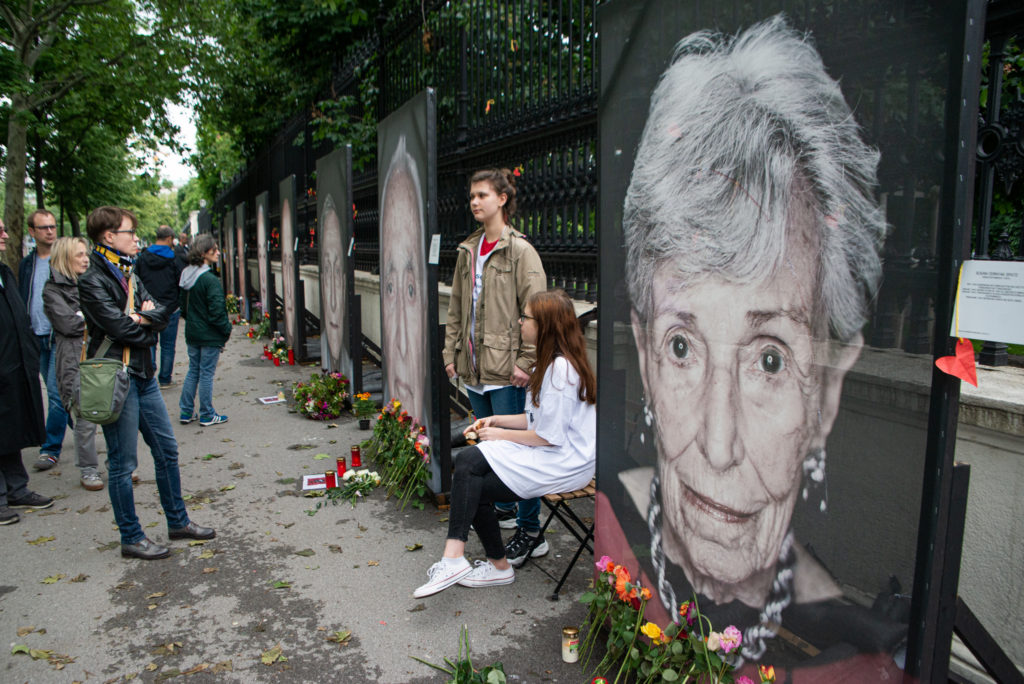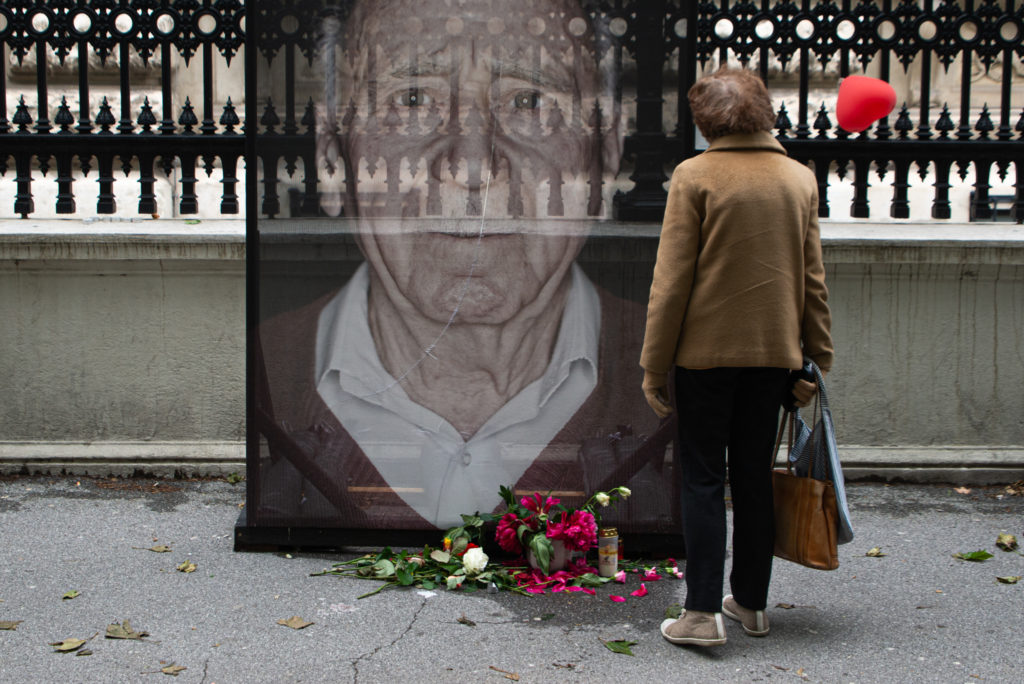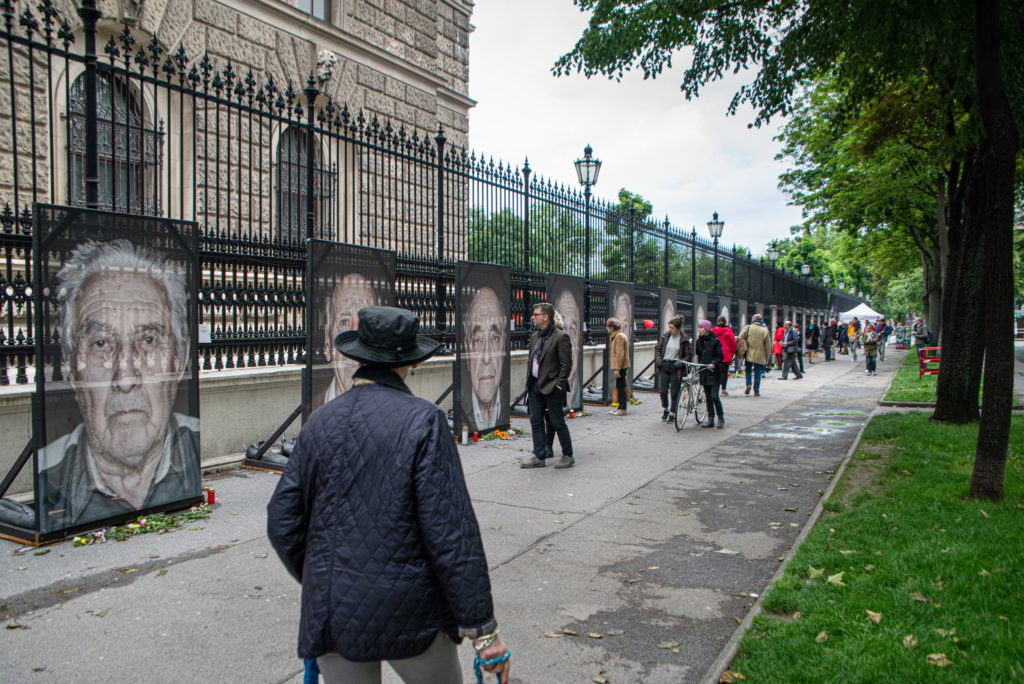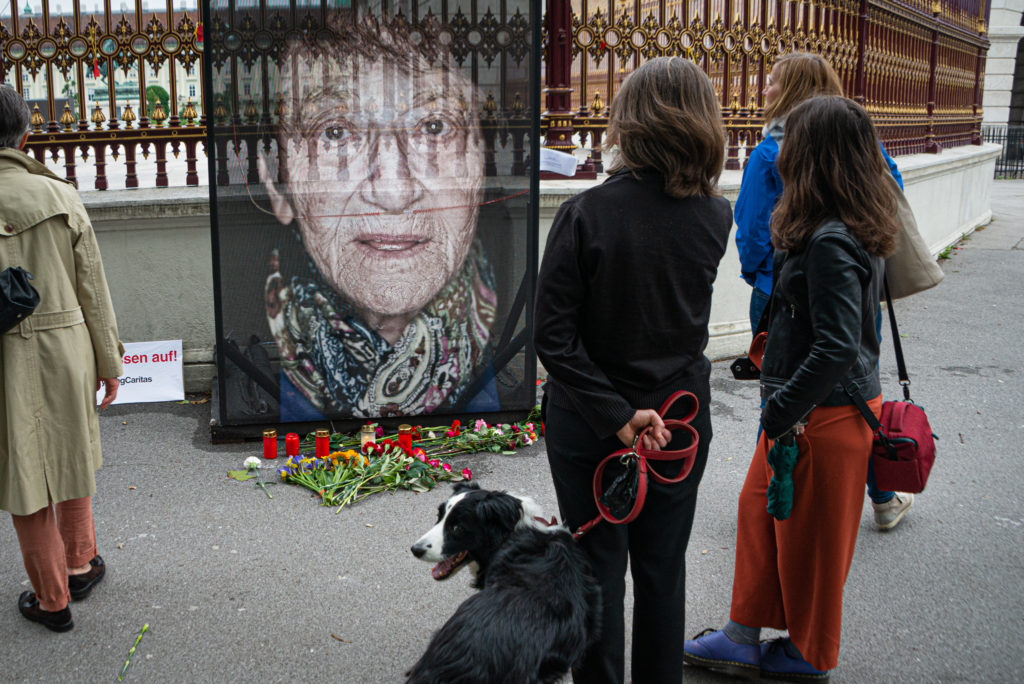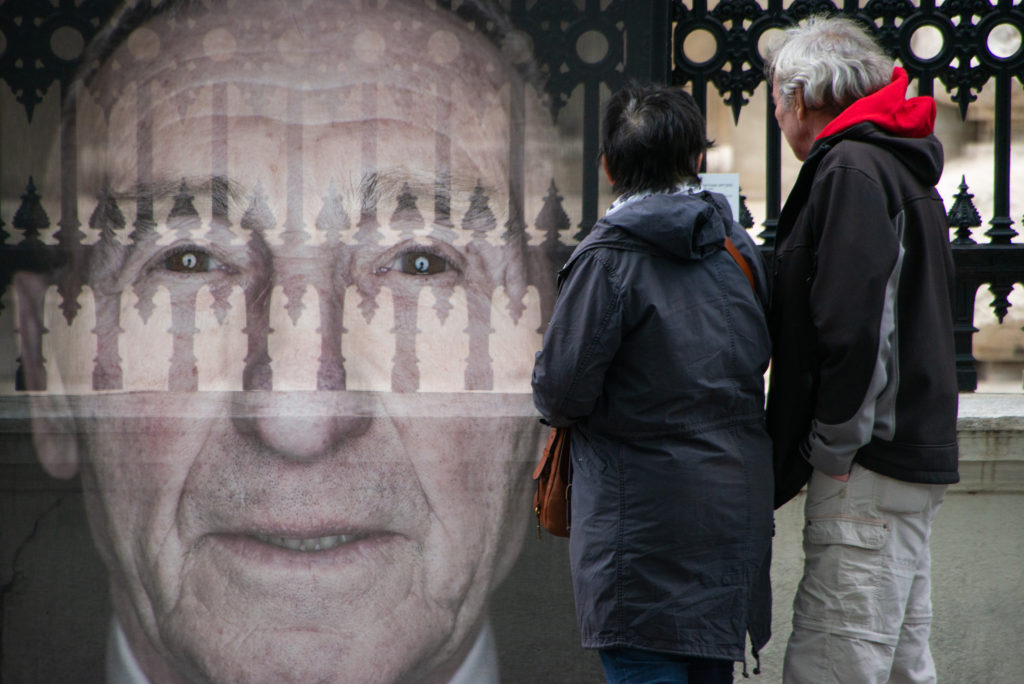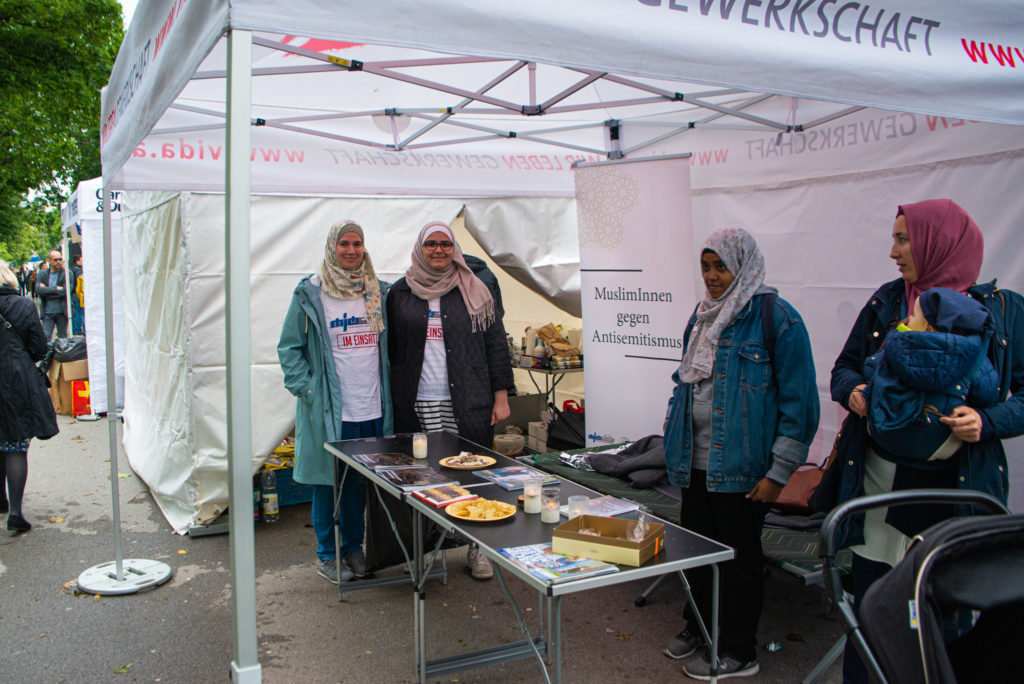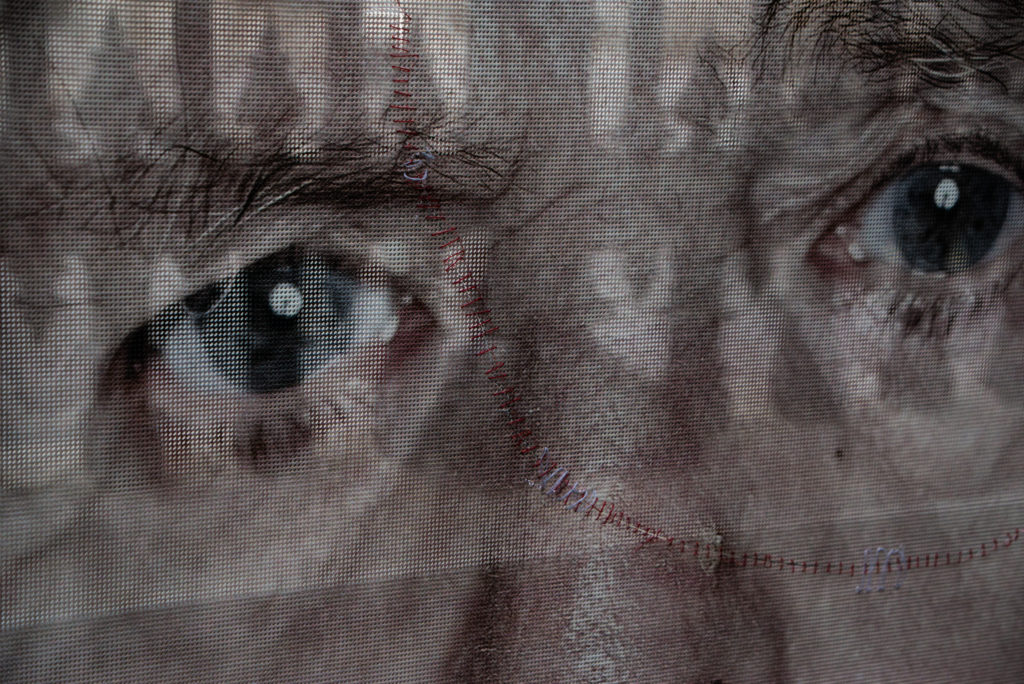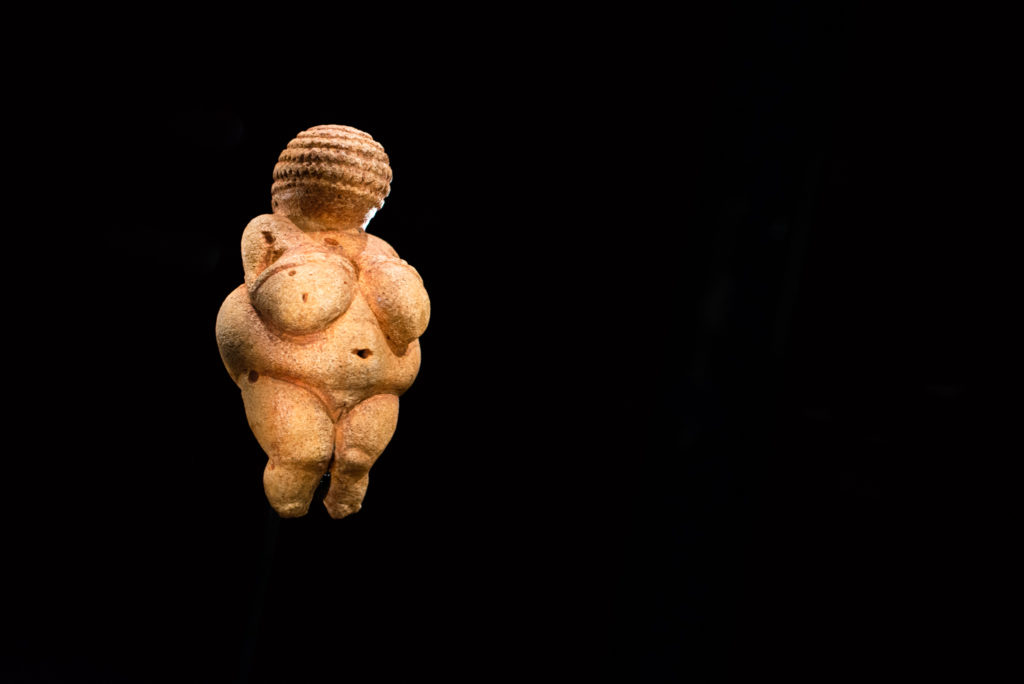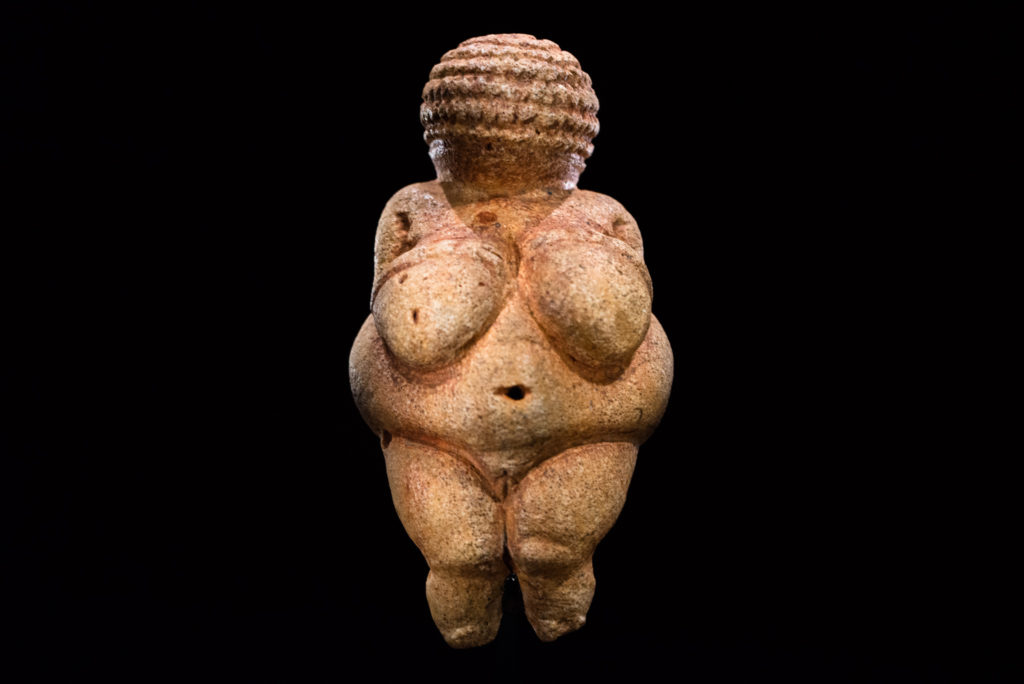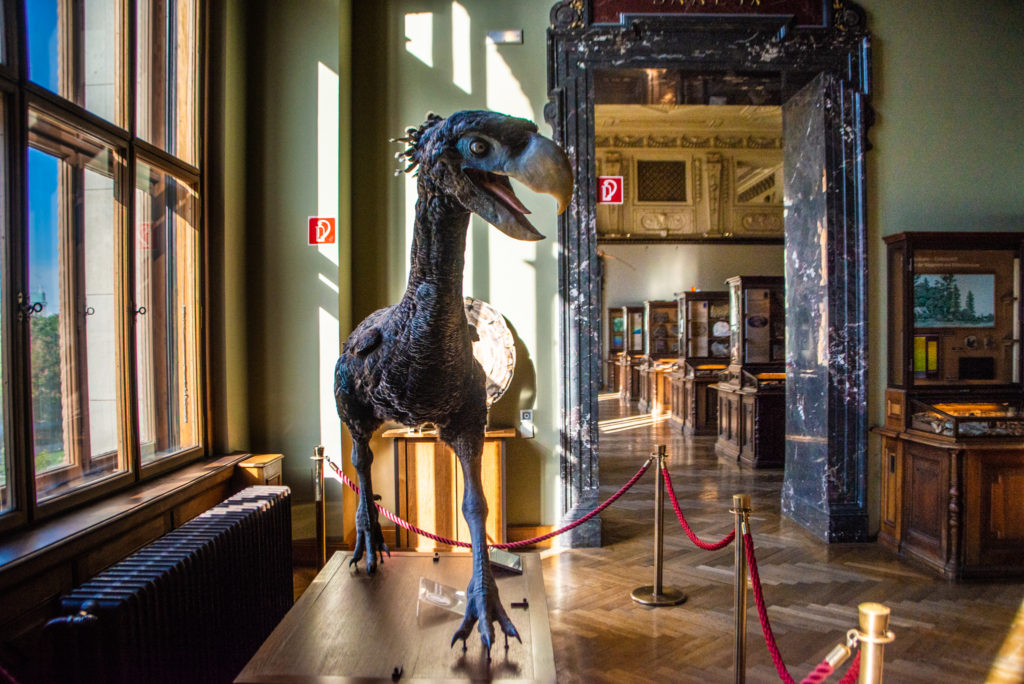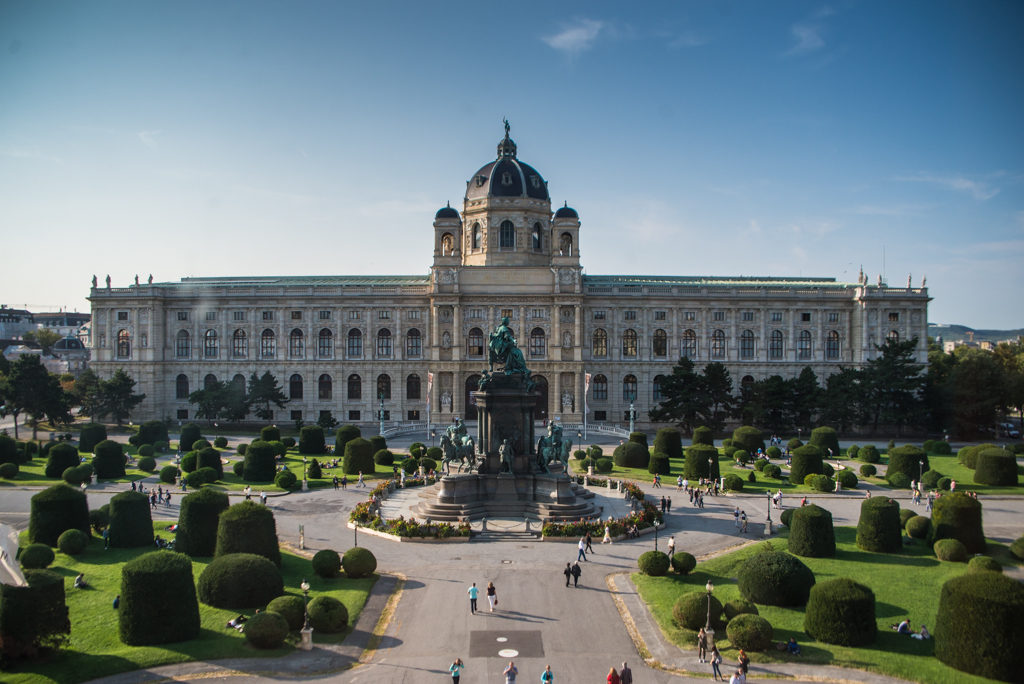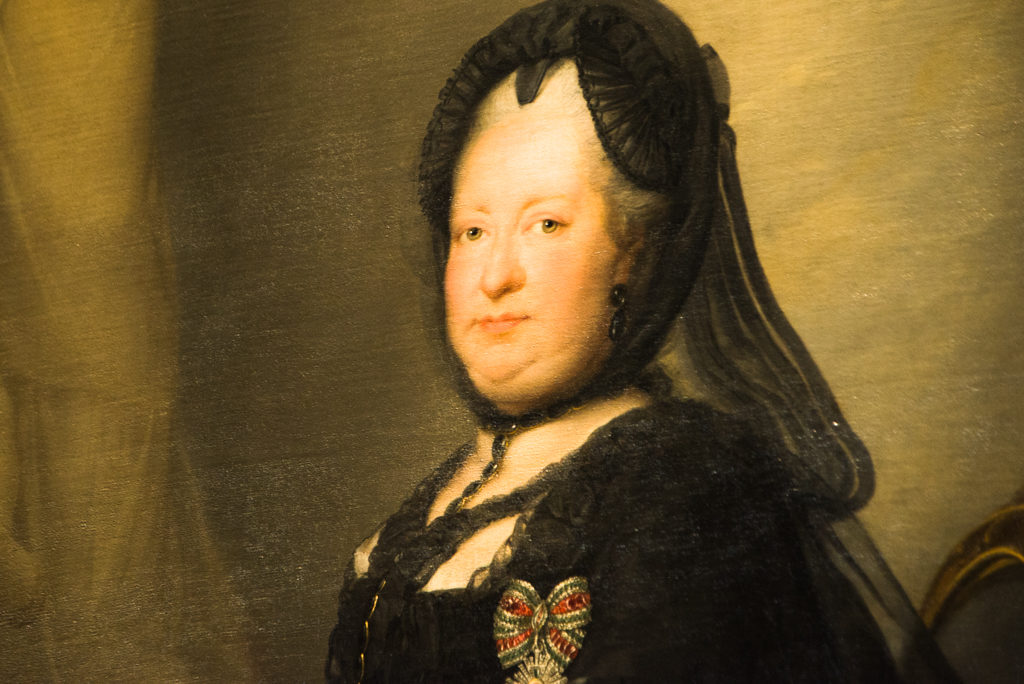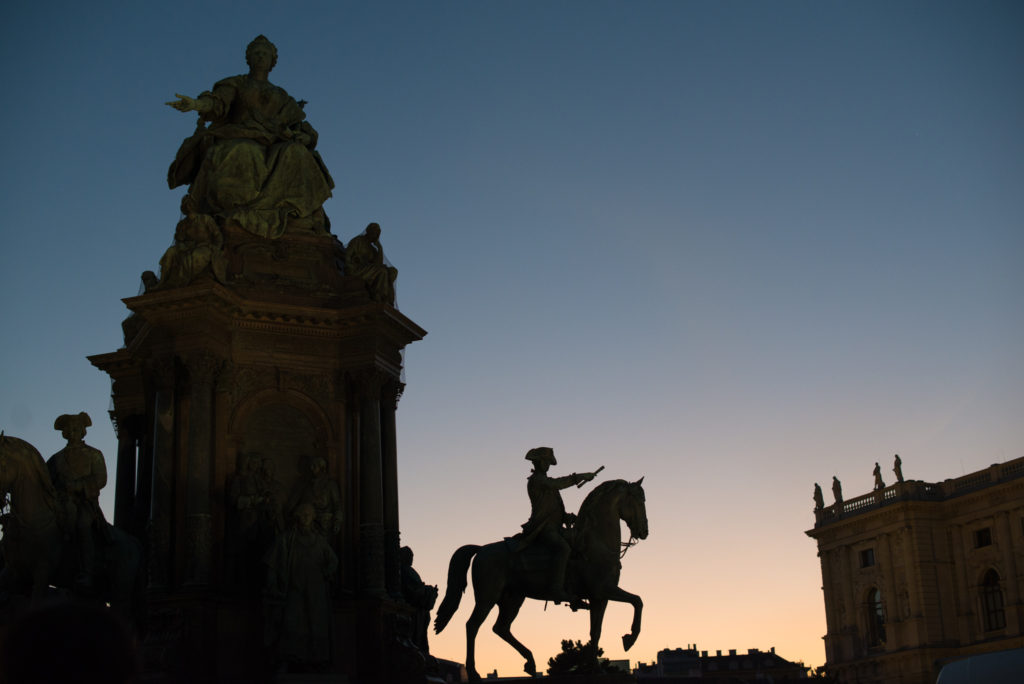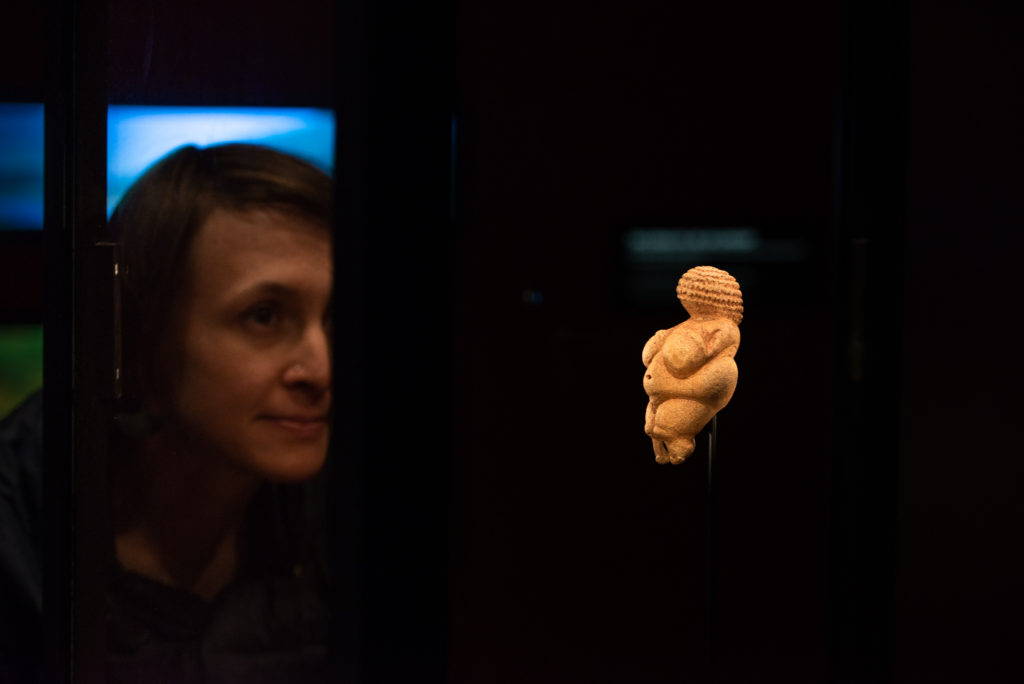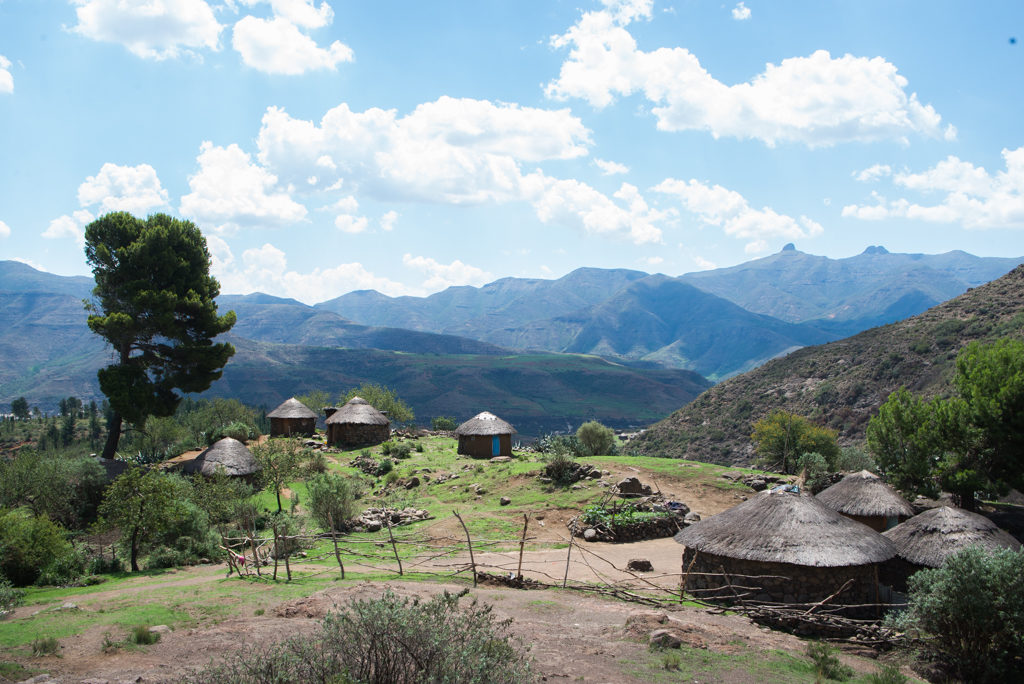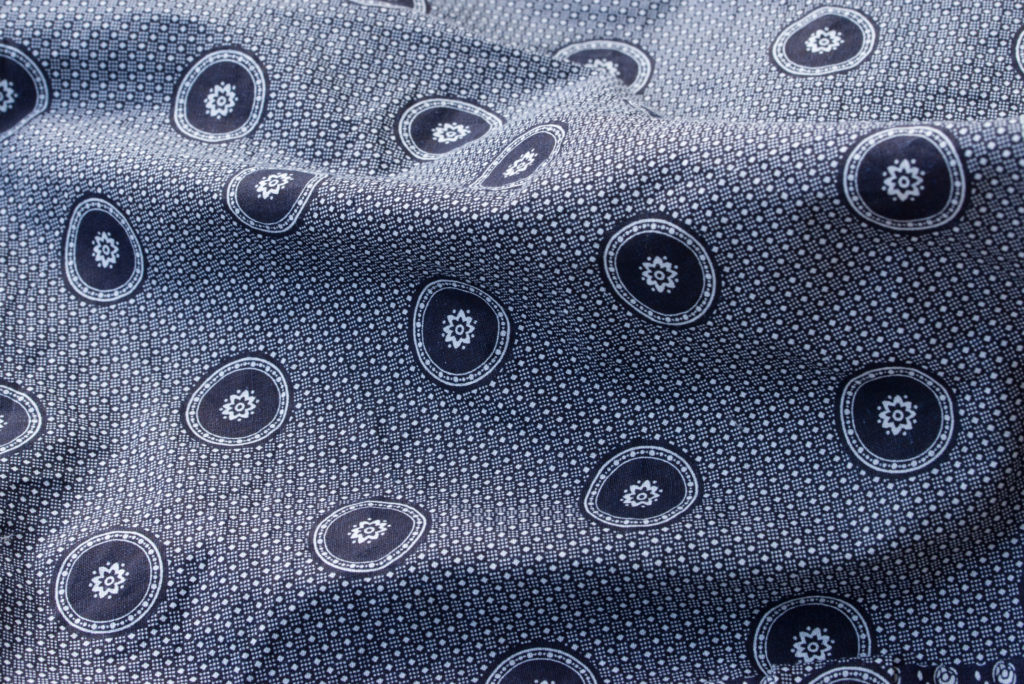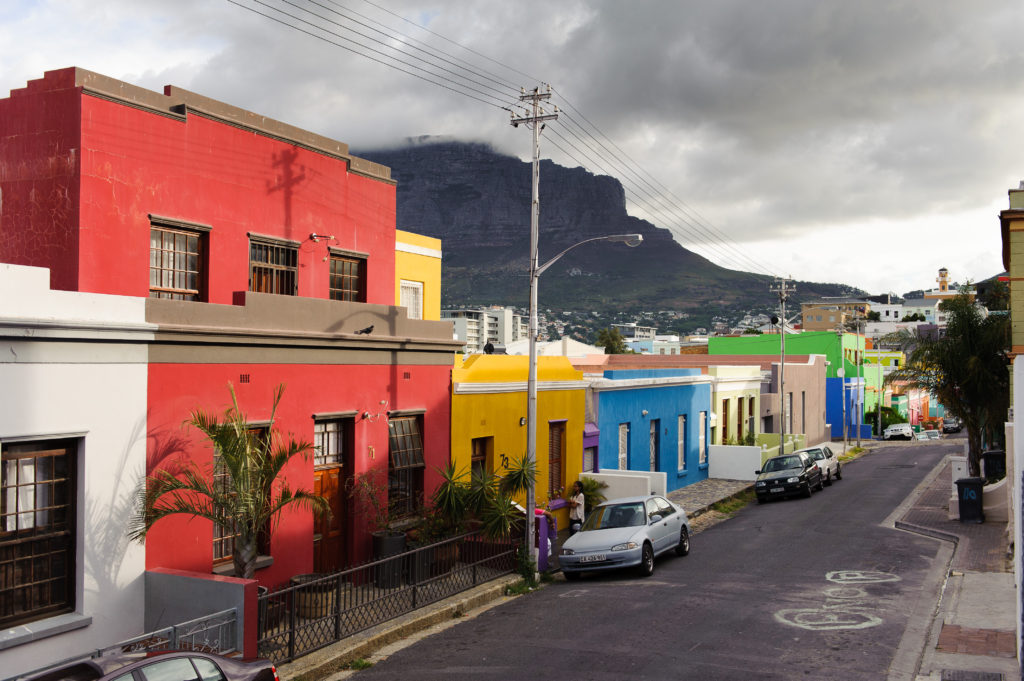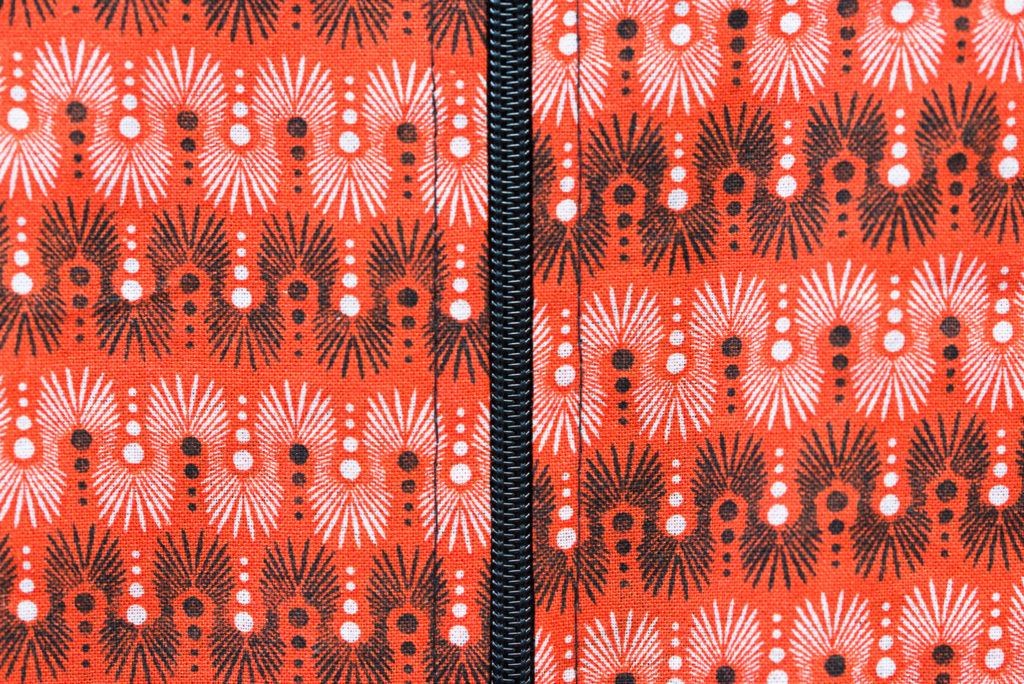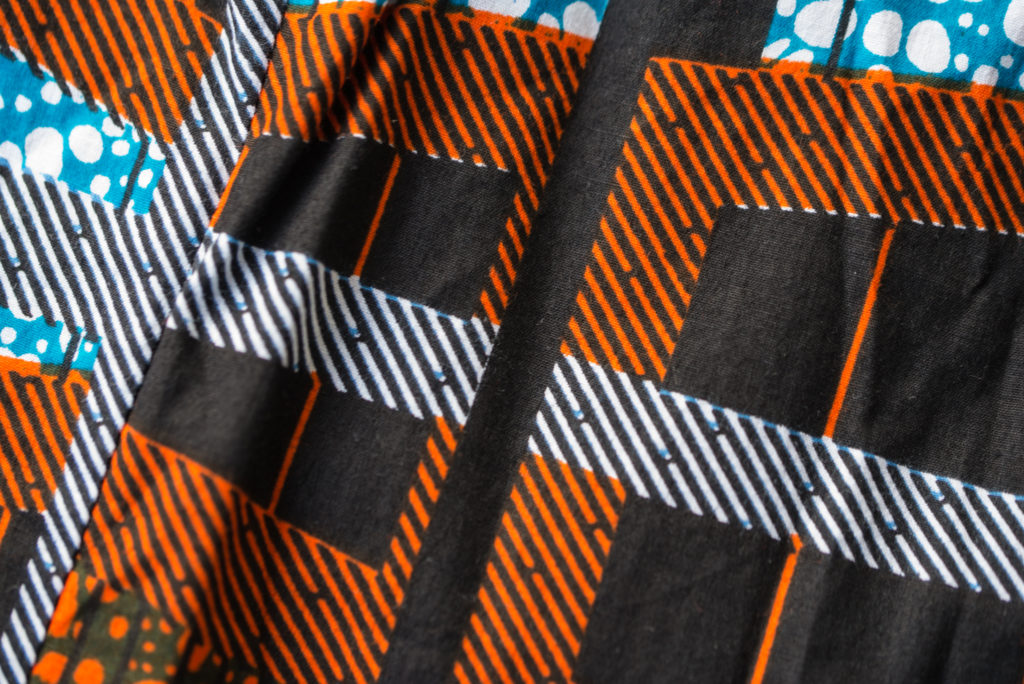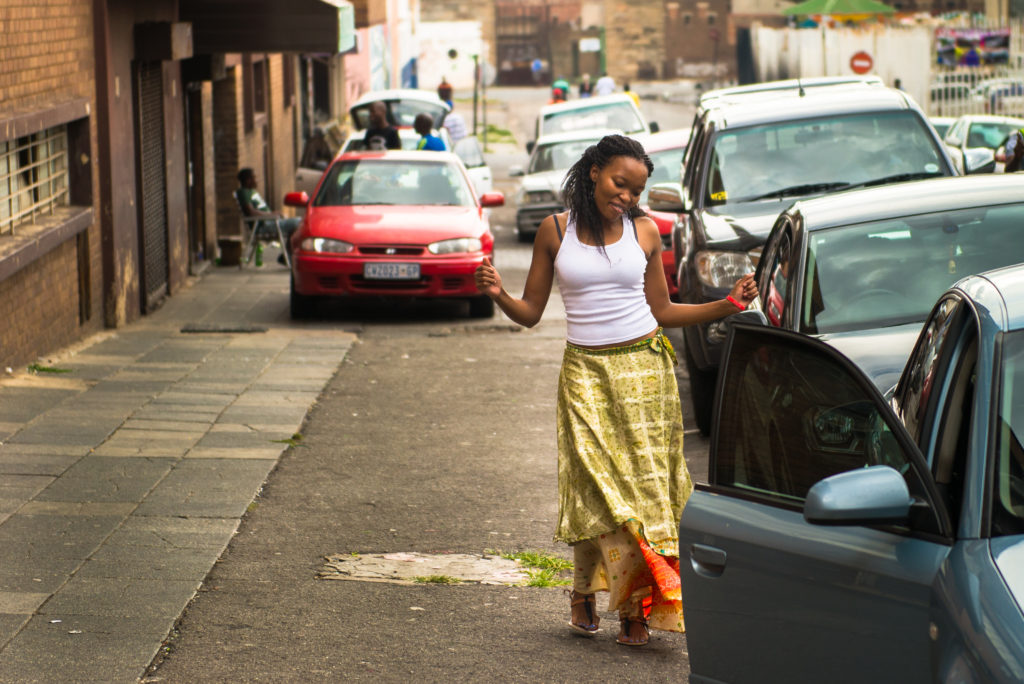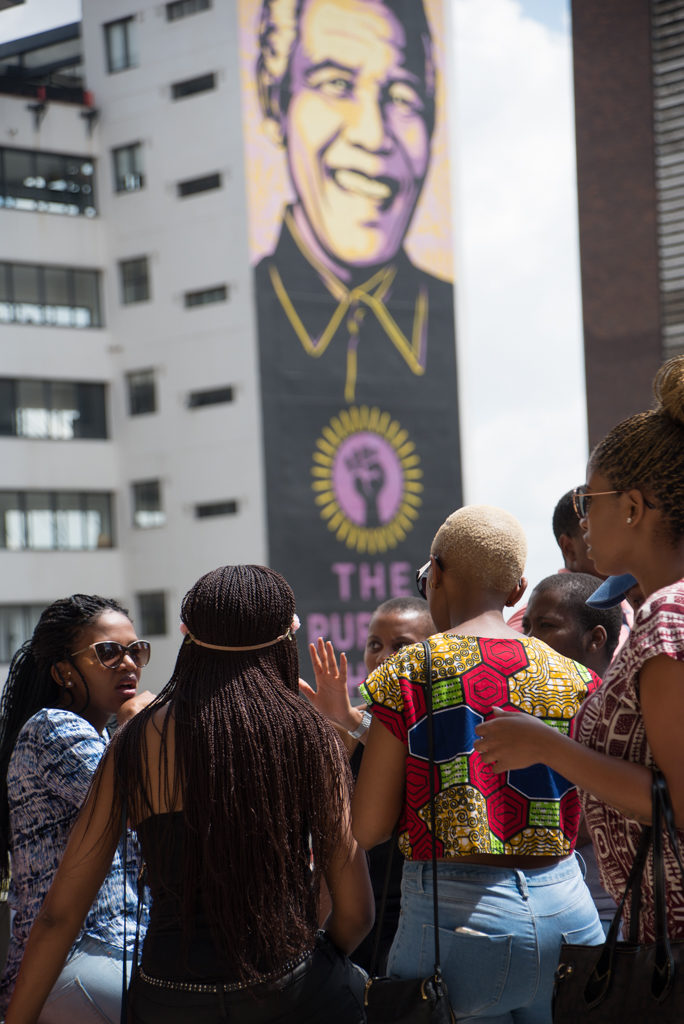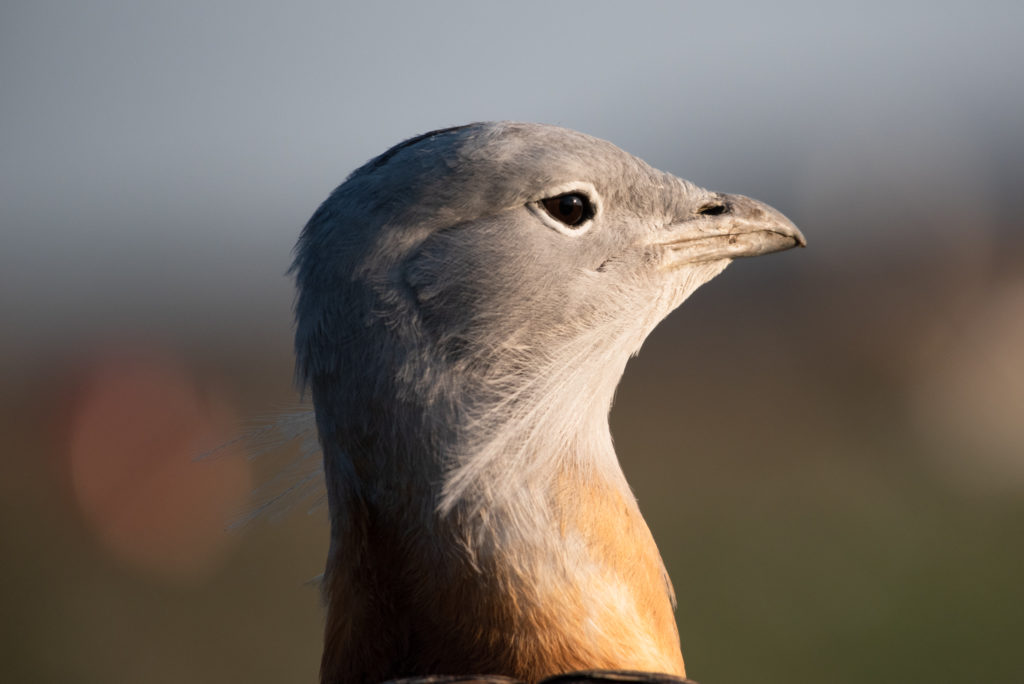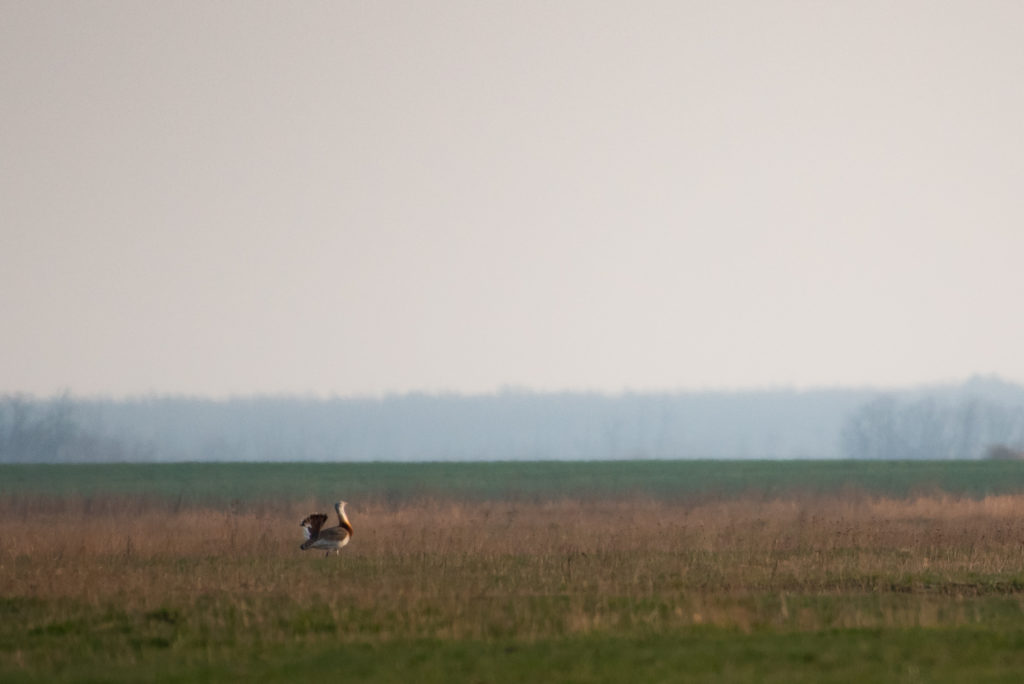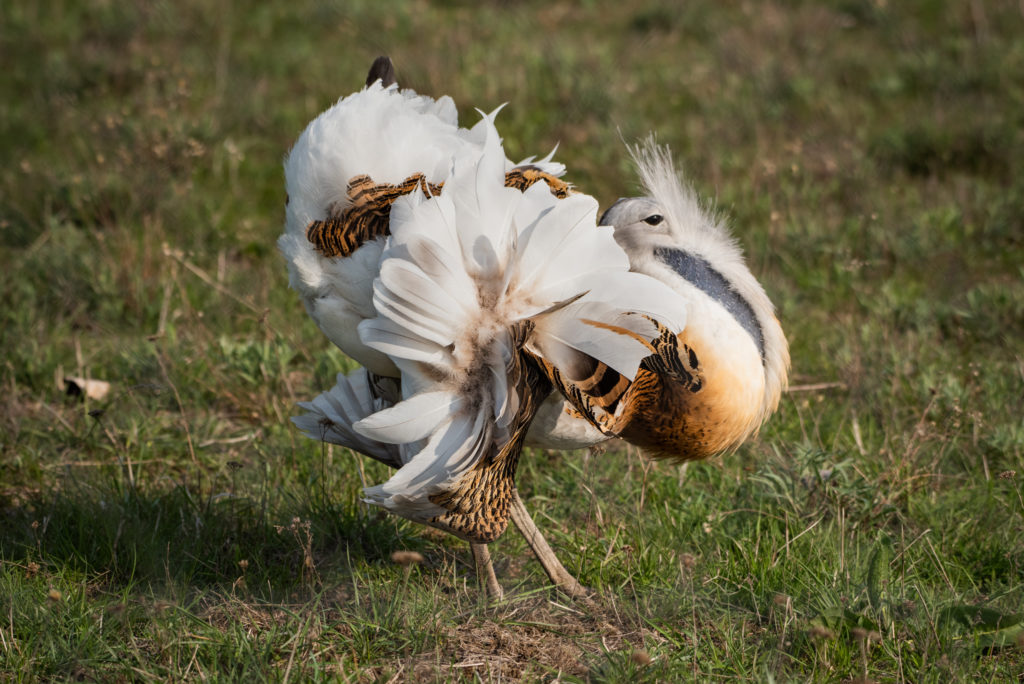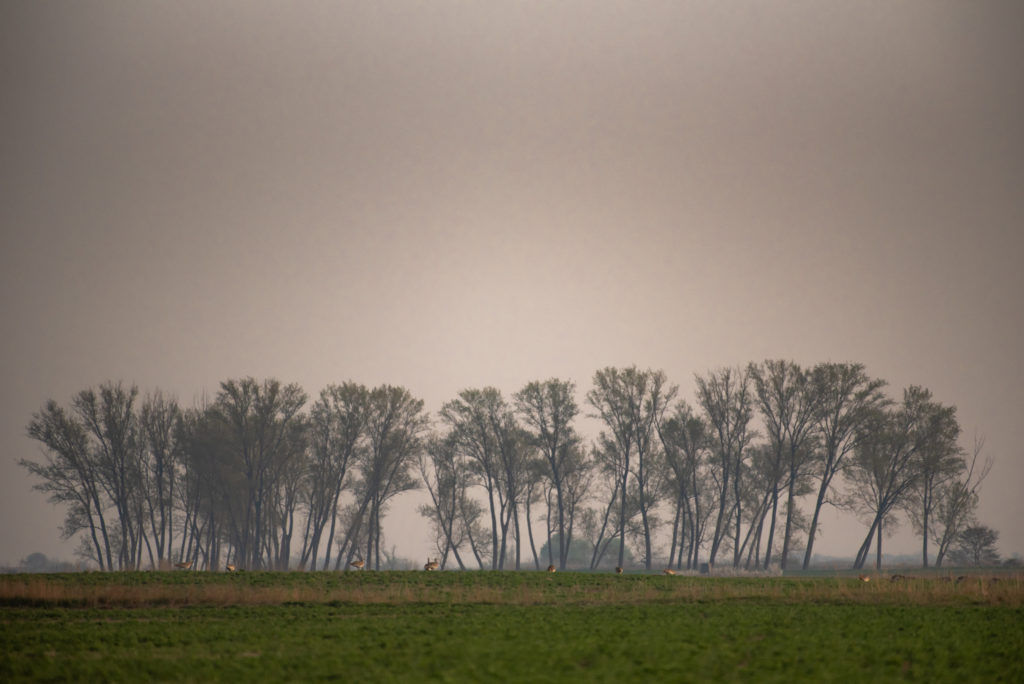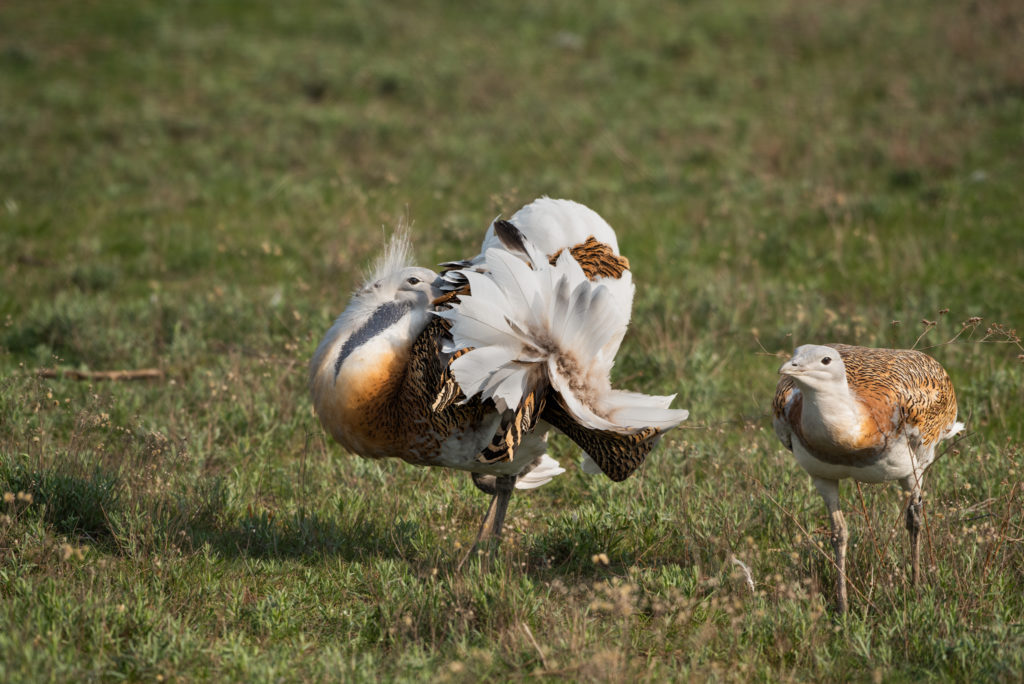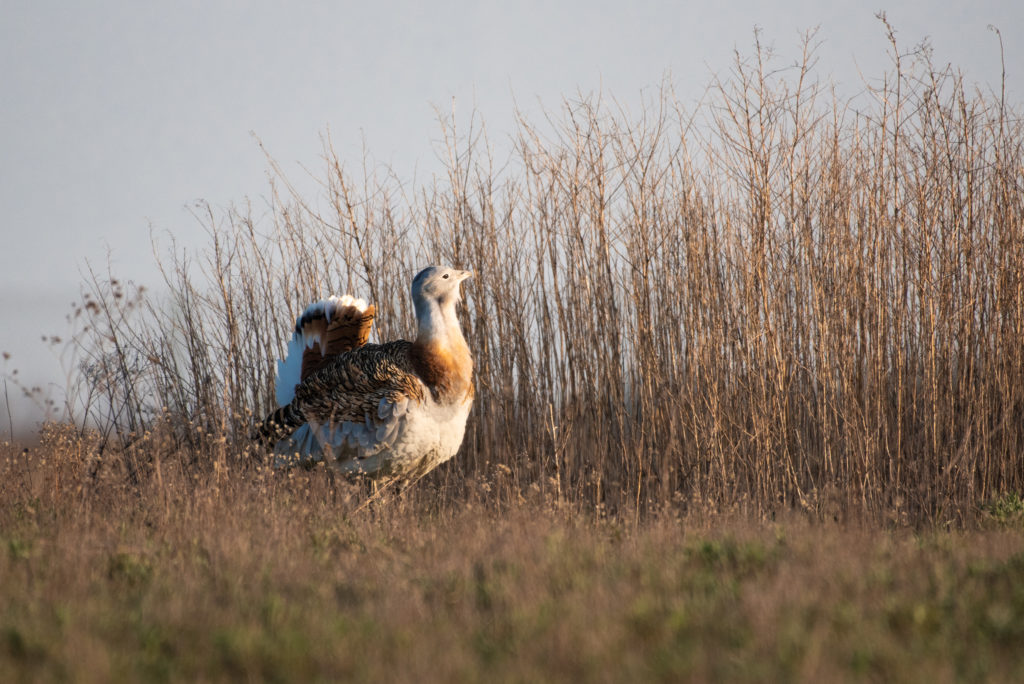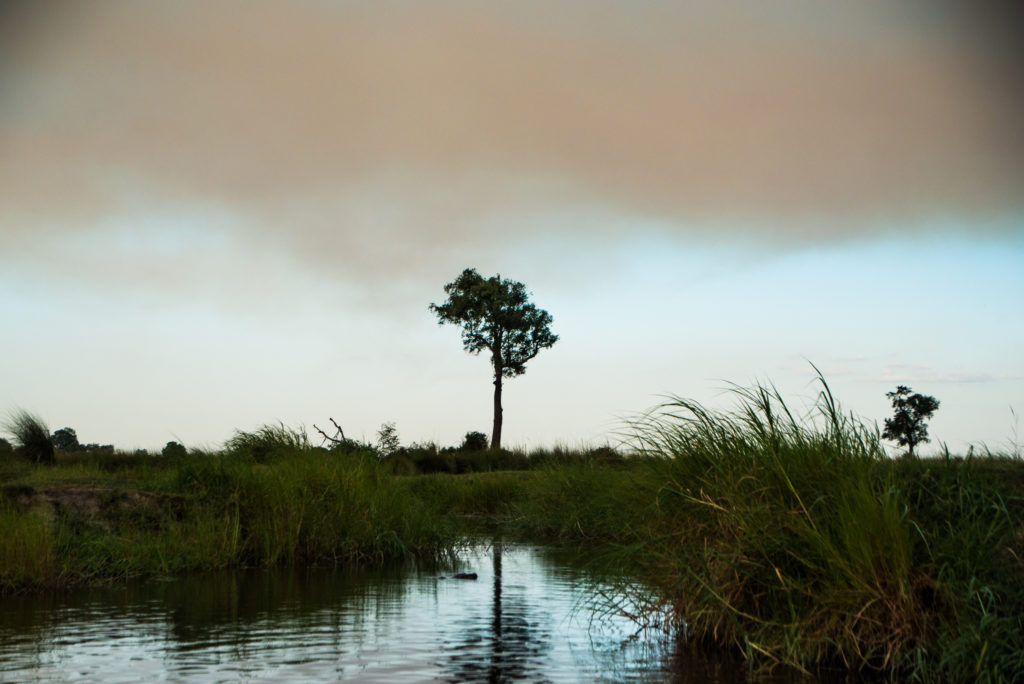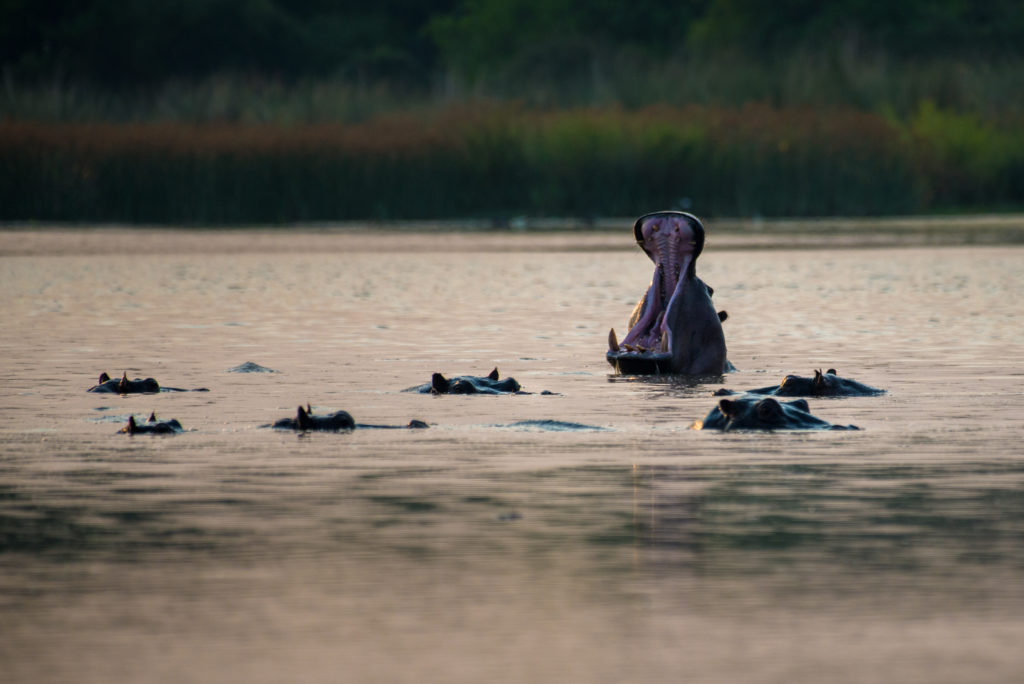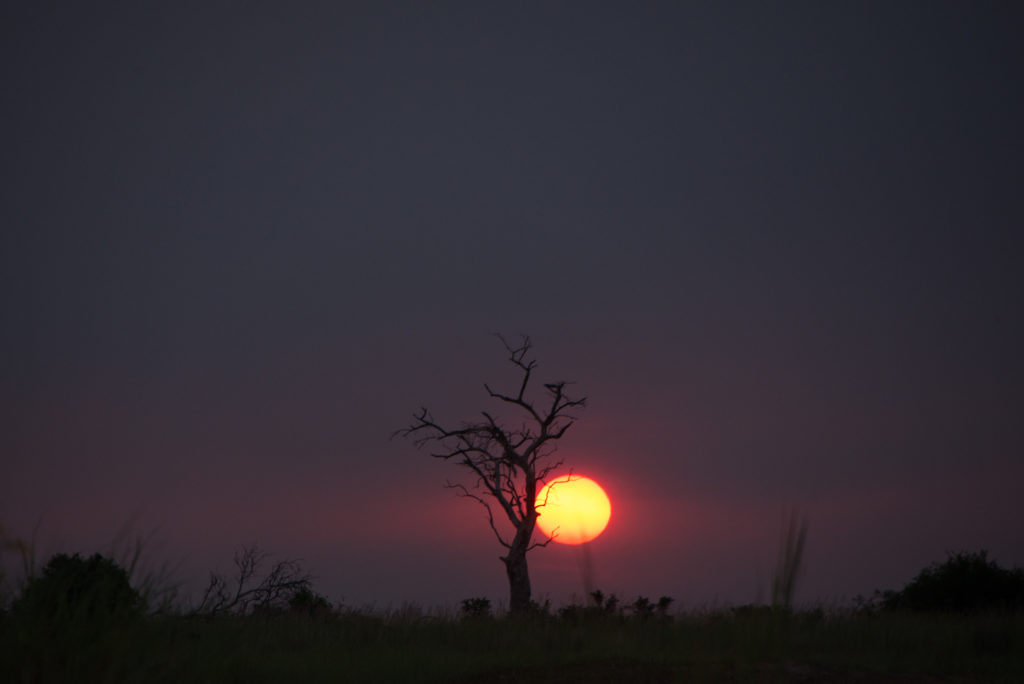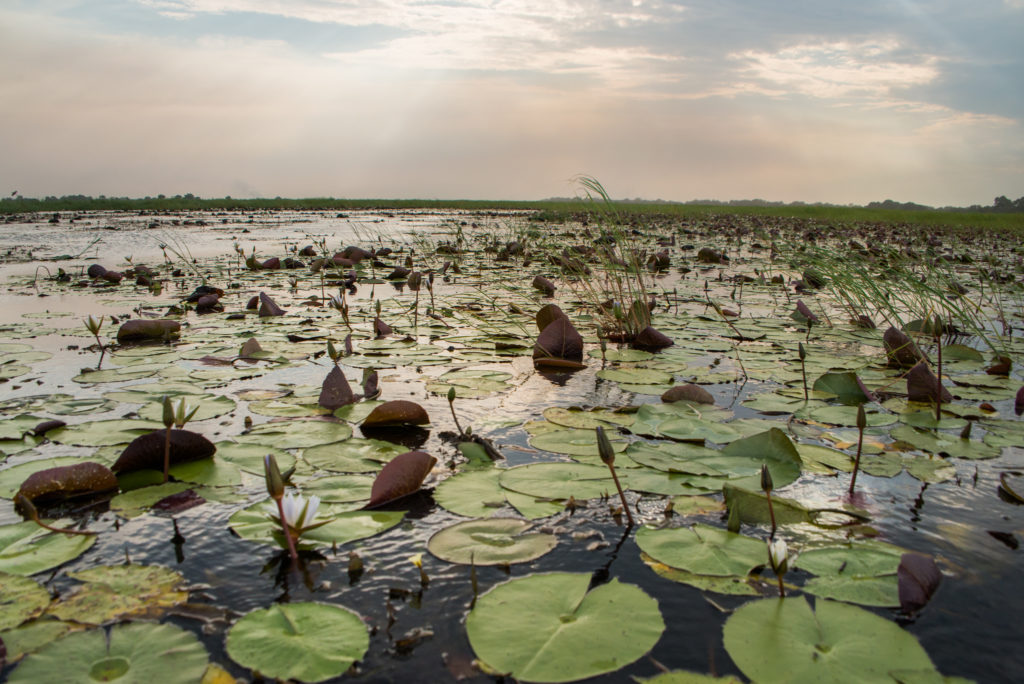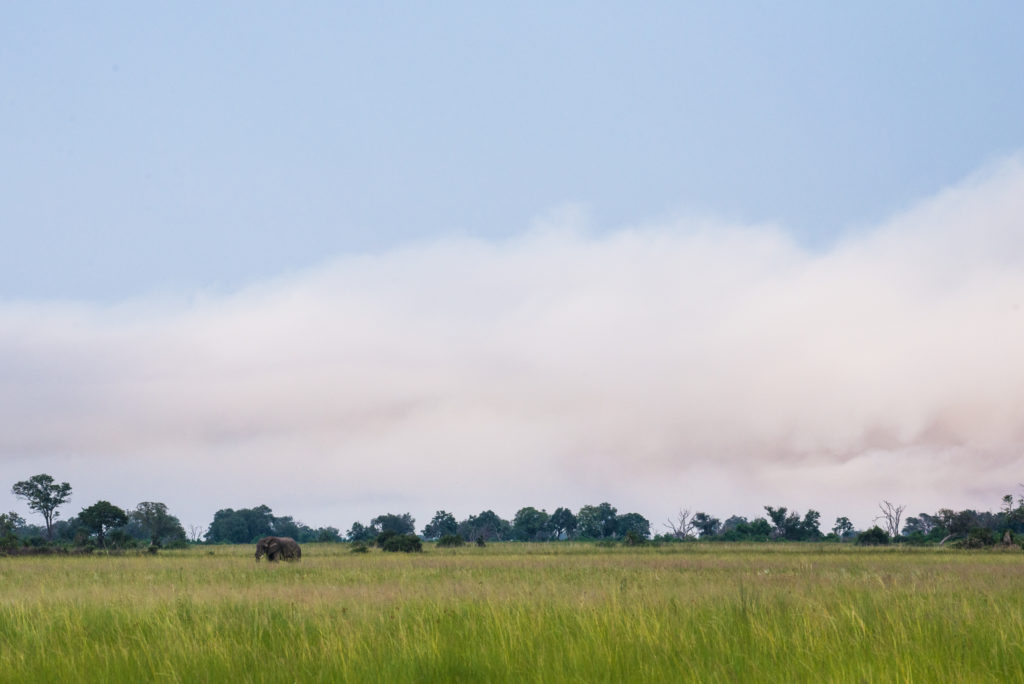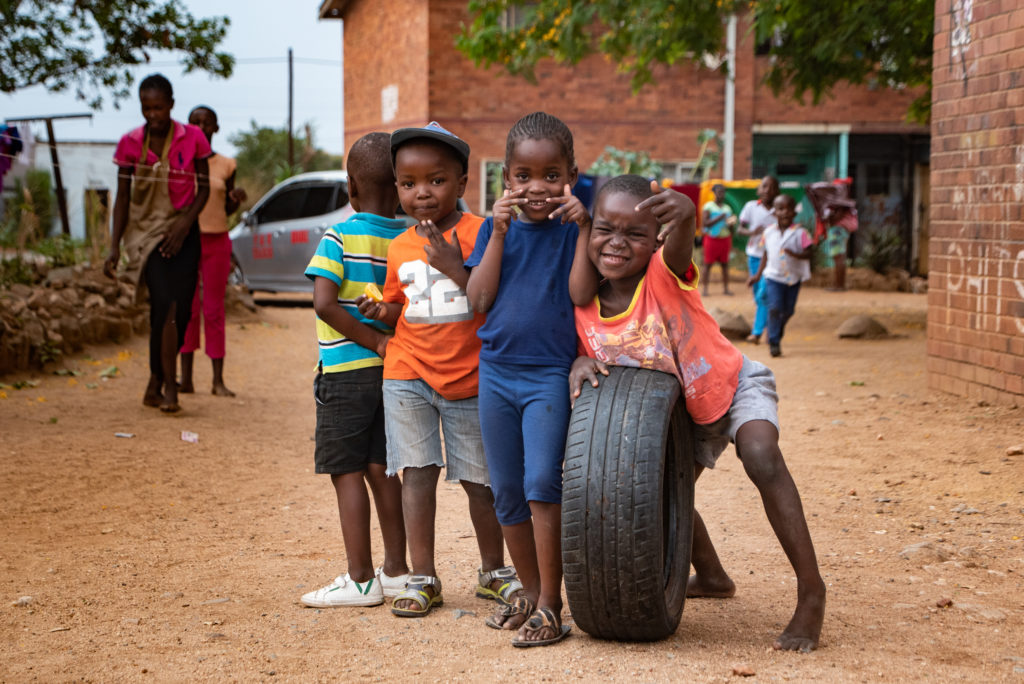
Ko-ko-ko. His cane knocks along the deserted streets, against wooden doors and window panes. Curfew has passed and he makes sure that the workers aren’t drinking, but sleeping, and most importantly, that they have no women visitors in their quarters, here in Makokoba. That’s how the township at the outskirts of the big city Bulaway got its name, from the local Ndebele word ukukhohoba for stick, and the rhythm it produced in the hands of Mr. Fallon, the District Native Commissioner. Ko-ko-ko Makokoba.
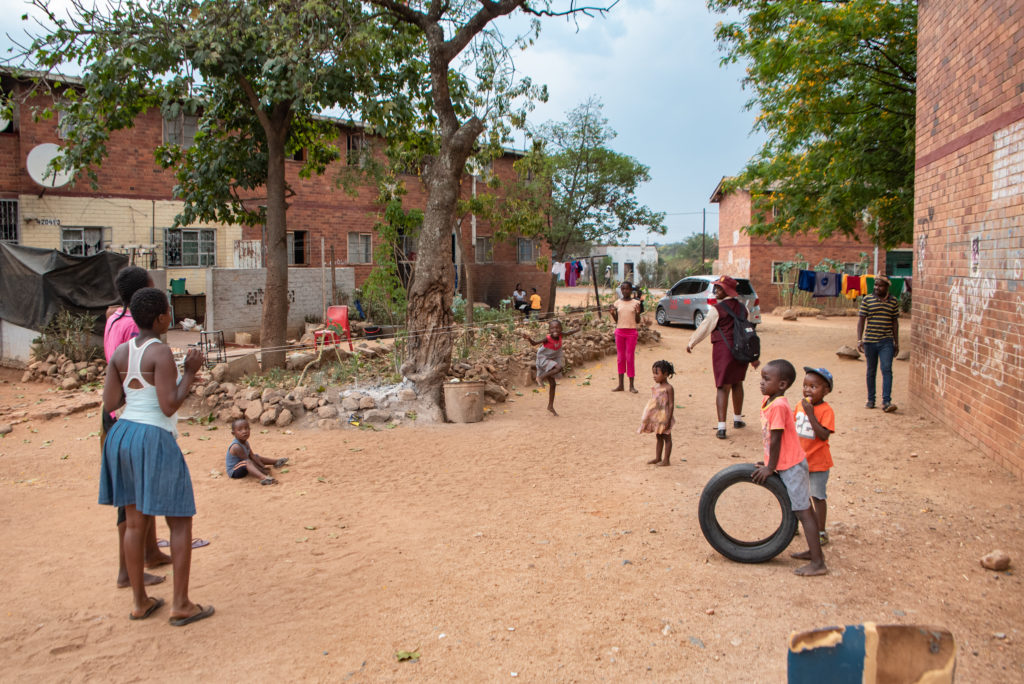
It was the beginning of the 20th century and Bulawayo in the South of the newly founded colony South Rhodesia, was growing fast. Less than 20 years before, Cecil Rhodes and his British South African Company had wrangled the land out of the hands of the Matebele and the city had an insatiable demand for workers. There was a railroad to be built, and a dam to supply water to this arid land, and mines dug, buildings constructed: a post office, a library, churches and schools. And grass cut, and trees planted: blue blooming Jacarandas that would shoot their roots deep into the sandy soil. And so, with every street, with every house built, in the run of only a few decades, Makokoba, the workers’ suburb in the segregated country, grew into a bustling, vibrant township, a melting pot of different languages, heritages and cultural beliefs.
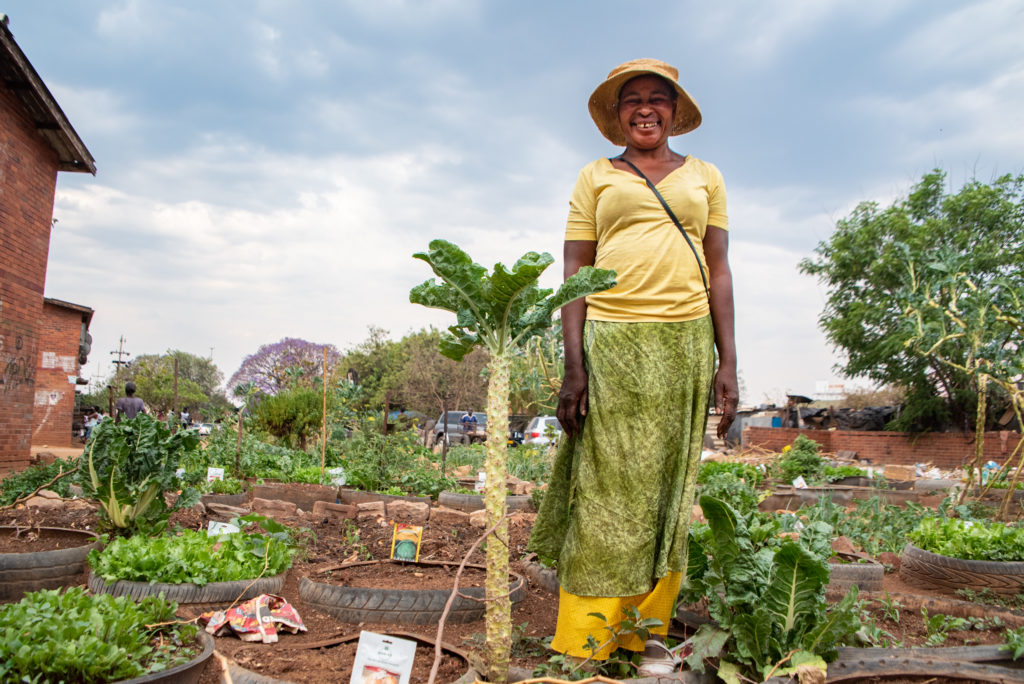
In the big city, Bulawayo, the black workers had no rights. Banned from the pavements even, they faded like shadows, once the job was done, disappeared with night fall. But in Makokoba, there was rhythm. Ko-ko-ko.
In Makokoba, junk turns into music: An empty rusted metal drum. A battered, one-stringed can of Olivine cooking oil, hollow reeds that leave their biting white sap on lips. Feet feel free. To be alive is a consolation.
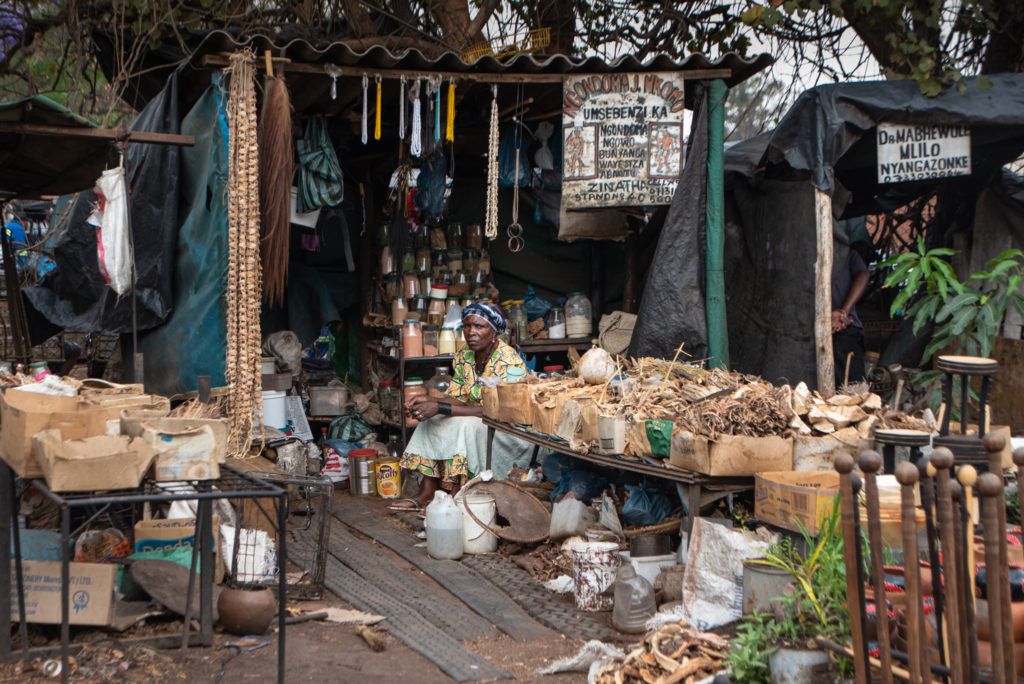
They called their music Khwela. Khwela, which means Climb on! Get Up! in the Ndebele language. Like: Get up, enjoy the life, join us in song and dance in the shebeens, where home brewed beer is served, but it also means Climb On! Like: Climb on the police van, when they came raiding the township. Join us in the hardship!
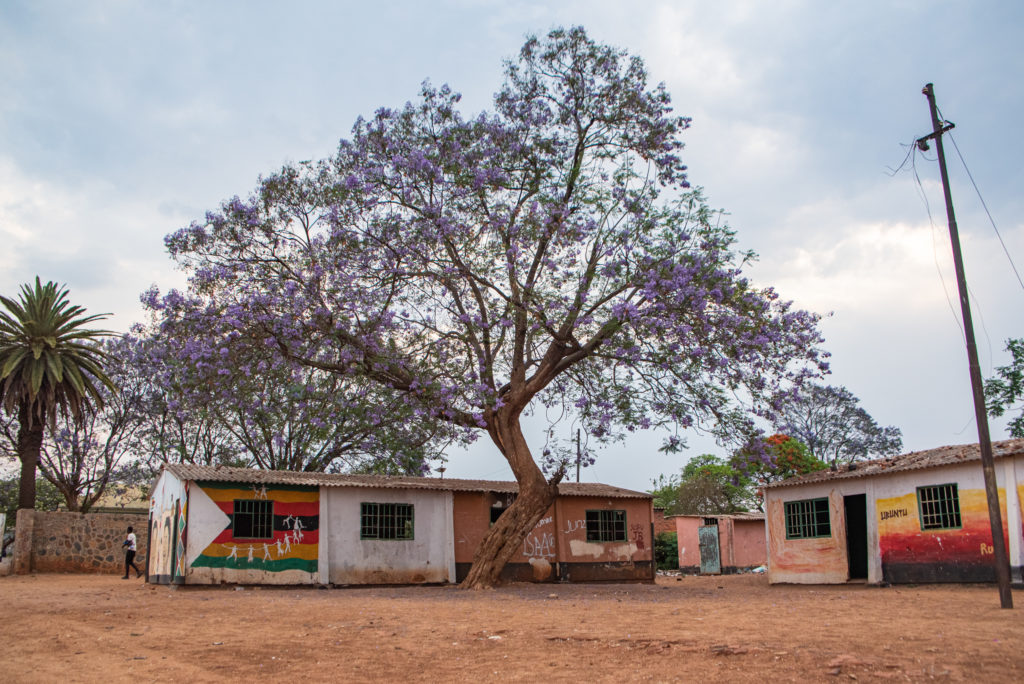
Khwela meant accepting the hardship and allowing for joy, both, in solidarity, wrote Zimbabwean writer Yvonne Vera in her beautiful book Butterfly Burning: One can always be swallowed by a song.
Culture thrived in Makokoba. A culture of music that couldn’t be suppressed. The mother of Zimbabwean music Dorothy Masuka as well as celebrated musicians like the Cool Crooners or Augustine Musarurwa, who composed the global hit Sikokiyana, were children of Makokoba.
A culture of football and acclaimed players.
Of theatres, of spoken and written words.
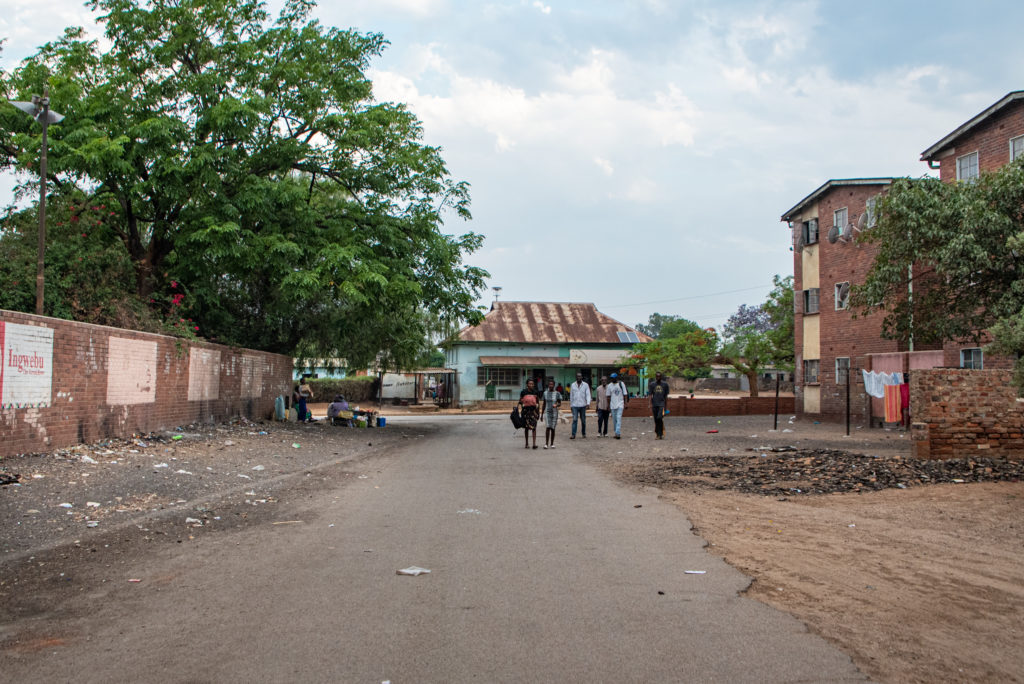
At Emkambo, the market, goods were traded with ideas and news. Unions were formed and political resistance probed.
It was a culture of resistance, of insurgence. It was a counterculture, literally: a culture of alcoholism, too, and of gangsterism and violence. A brutal fight for survival. The struggle for independence knew its beginning here, in Makokoba, ko-ko-ko.
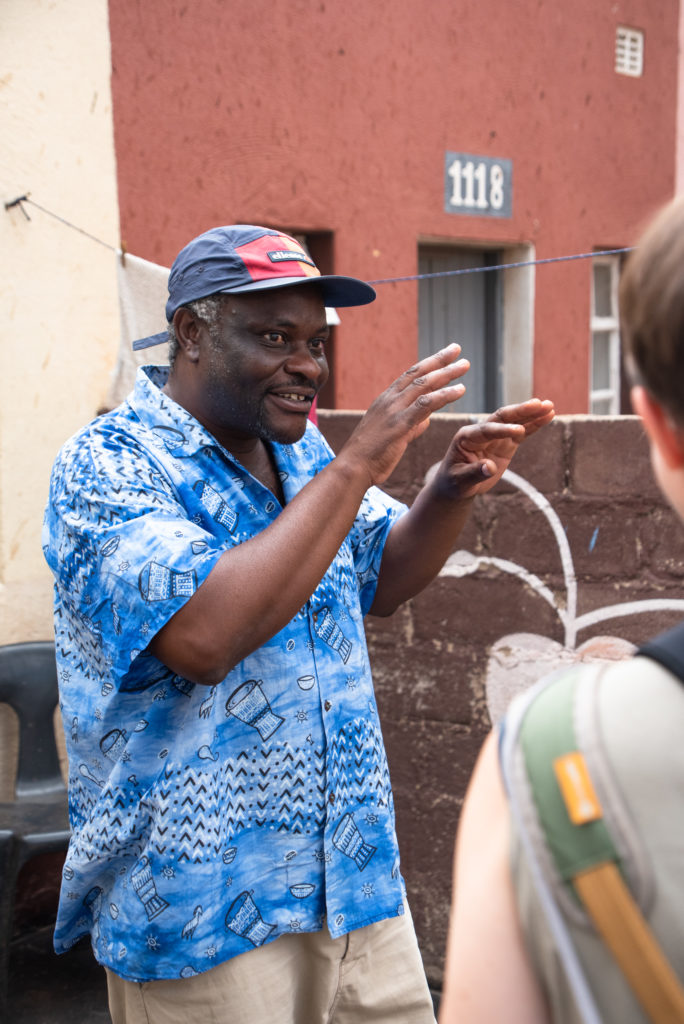
Today, almost 40 years since the birth of Zimbabwe, since independence in 1980, Makokoba is still a place riddled by poverty and crime. Worse, twenty years of mismanagement and corruption have left the people poorer than before.
Yet the spirit of Makokoba lives on, at least in the exuberant laughs of the children, charming despite the litter piling, and in the glittering eyes of people like Lewis Ndlovu, the founder of the Drums of Peace, who also runs the Thabiso Youth Centre.
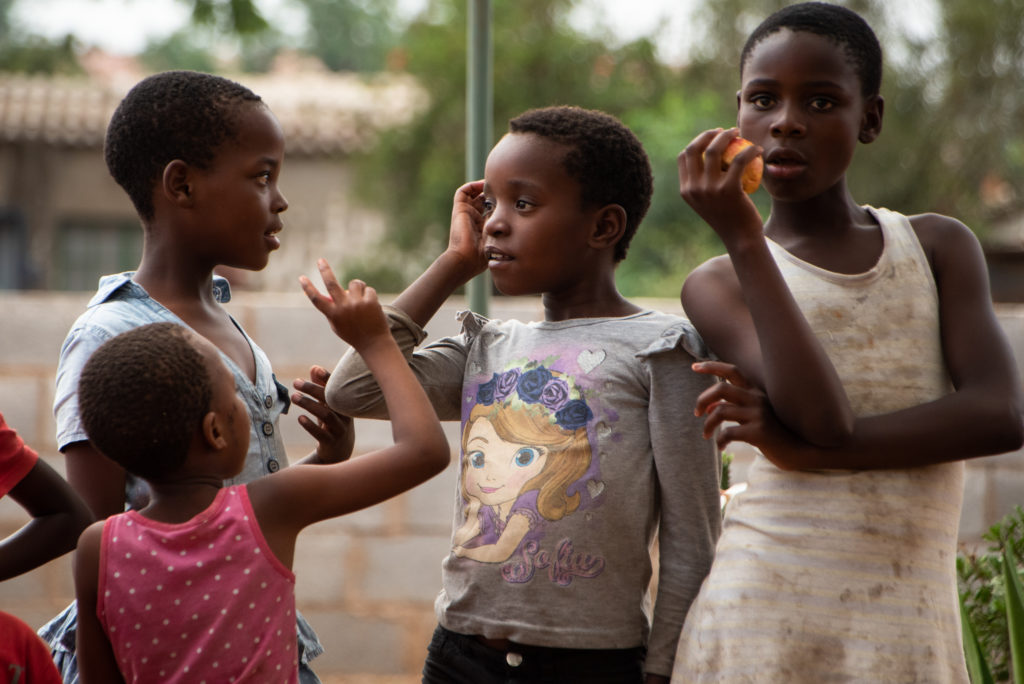
Ndlovu finds art a way out of poverty, of the idleness and depression of unemployment. He hopes to turn his Youth Center into a cultural hub that attracts tourists and reminds people of the history of Makokoba. That it’s part of the country’s arts heritage, and ultimately, its future. Get up, children of Makokoba!
Sikokiyana – or Skokiaan – was the illegally brewed and consumed alcohol in the shebeens of Makokoba.

